I centralize in this article a collection of pictures of the traditional houses and architecture in general of Indonesia.
North Sumatra : Batak
At least two distinct kind of architecture can be seen in the highlands of North Sumatra. Each is related to one of the main Batak ethnic sub group.
Around the town of Berastagi and Kabanjahe, there are many traditional Karo Batak buildings :
Further south, on the island of Samosir and around the Lake Toba, many Batak Toba rumah bolon (houses) and sopo (granaries) can be observed :
Complex painted motifs are regularly found on prestigious houses or buildings :
North Sumatra : Nias
On Nias island, you find also 2 type of architecture. First the northern house :
In the south, the house are square shaped and almost always aligned closed to each others on the sides of large paved alleys.
West Sumatra : Rumah Gadang
The traditional houses of the Minangkabau of West Sumatra are called rumah gadang. They have a characteristic roof and are often richly decorated.
Balinese temples & gates
Key features of the Balinese landscape are large gated entrances (supposed to ward off evil) as well as the famous multi-layer pagoda (meru).
Tatched houses of Lombok & Sumbawa
Despite major decline, traditional houses with their tatched roofs can still be seen in Lombok. The traditional Sasak lumbung rice barn design of Southern Lombok is now mostly found in recently built bungalows of hotel resorts and in the tourist village of Sade.
Traditional houses are slightly more common in north Lombok.
NTT : Sumba
The traditional architecture is still very much alive in Sumba despite a general tendency to switch from tatched-roof to corrugated iron plates.
NTT : Flores
The pattern of traditional houses varies in Flores which is a multi-ethnic island. The first ethnic group met going west to east is the Manggarai :
The central highlands are home to the Ngada :
Further ethnic groups can be met going further east (Nage, Nagakeo, Lio…). Unfortunately I only found this picture of a Lio house in my archive :
NTT : Savu
Characteristic houses with a lontar palm tatched roof are found on Savu island :
NTT : Alor
A few traditional houses have been preserved in Alor :
South Sulawesi : Bugis House
The Bugis and the related Makassarese people traditionaly built houses on stilt with an elogated porch. In the past, the porch indicated the nobility of the house owner.
Toraja : Tongkonan
The traditional houses of the Toraja people are called tongkonan. This is both the name given to a house a to a lineage.
The roof is always saddle-shaped, and the horns of buffaloes slaughtered during ceremonies are kept stacked vertically in front the house, as a token of the previous ritual efforts undertaken by the family.
Tongkonon are, in my humble opinion, the most beautifuly decorated house of Indonesia :
Mamasa valley
The Mamasa valley west of the Toraja highlands proper is home to a relative close cultural cousins of the Toraja.
Also very nice wood carving decoration in a distinctive style :
Southeast Sulawesi : Butonese house
Large traditional wooden houses with multi-layered roofs can be seen in Baubau, the capital of Buton island. They are preserved as museum. Surpringsly, the compound of the old Sultanate does not feature prominent traditional buildings.
More modest houses are more common and less extravagant :
Bajau houses
The bajau, or bajo, are a former sea-nomadic people that is found throughout estern Indonesia. Their built rather simple house either on stilt or on wall built using piece of corals. But the setting is usually impressive, sometime lost in the middle of the ocean.
Kalimantan : Rumah Betang
The various Dayak tribes of Borneo traditionnaly share a common housing called a betang (longhouse).
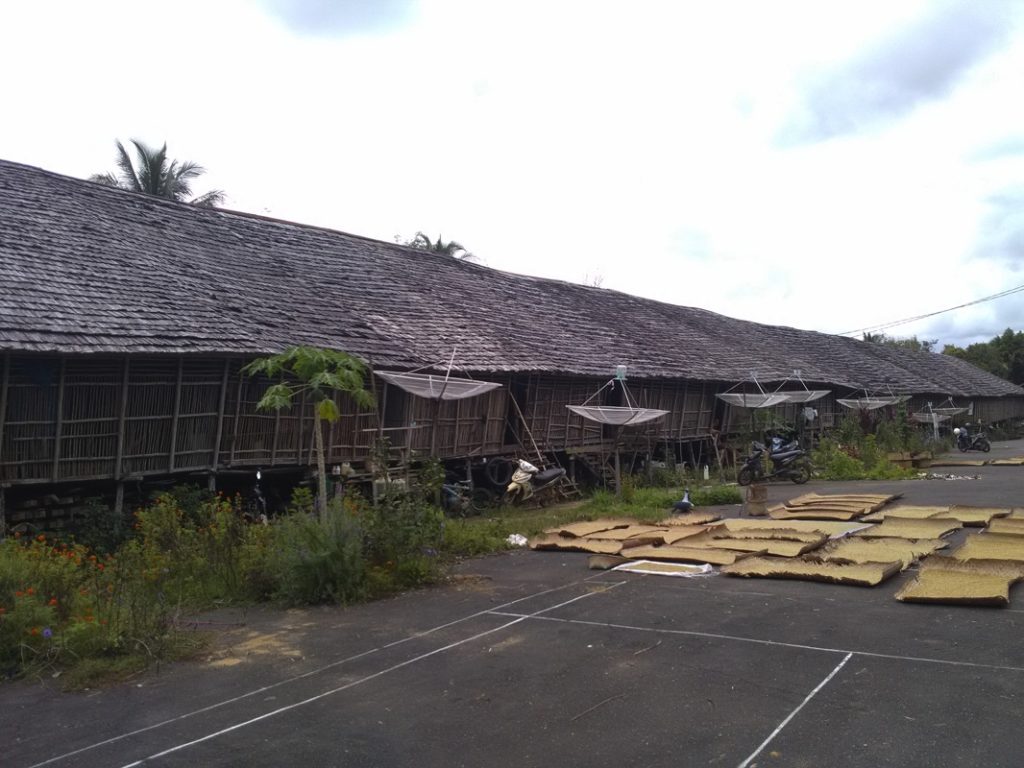
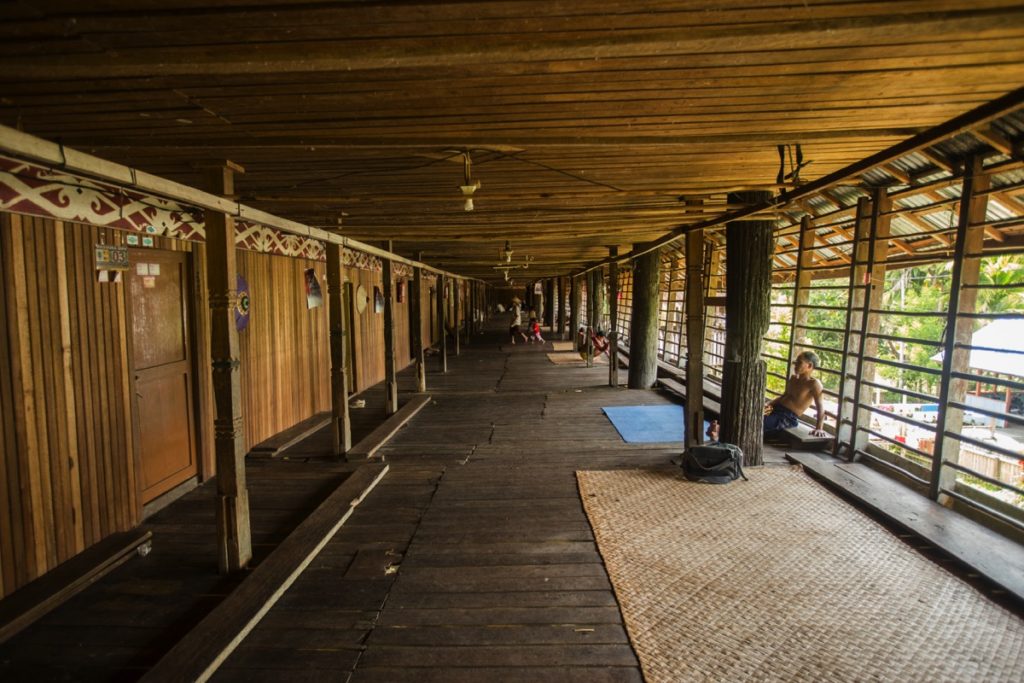
Front area of the longhouse 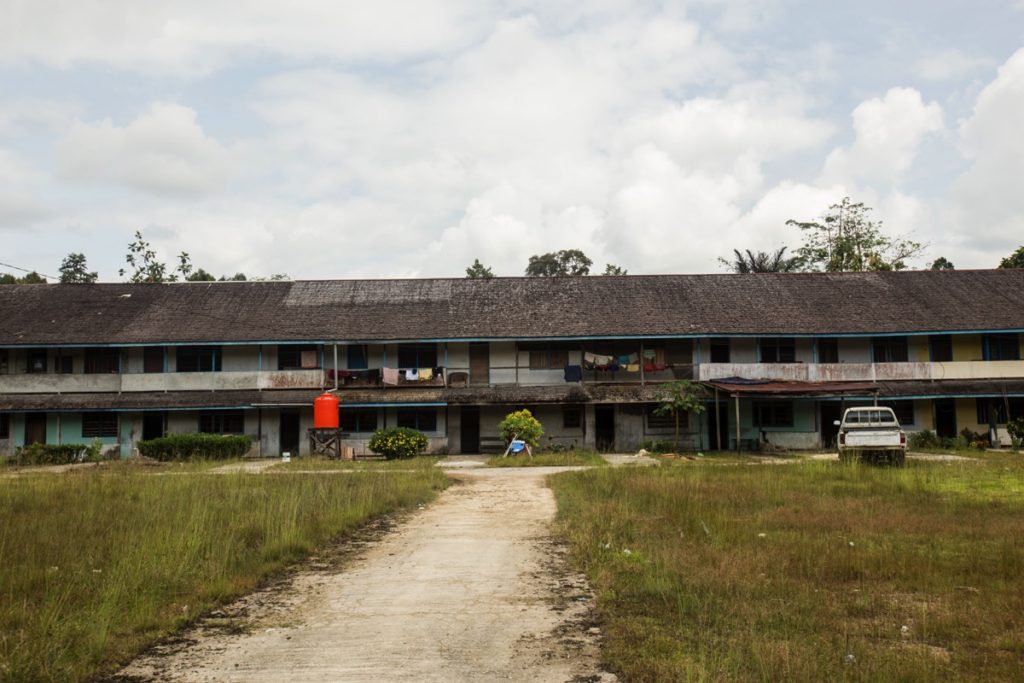
Another longhouse by the road 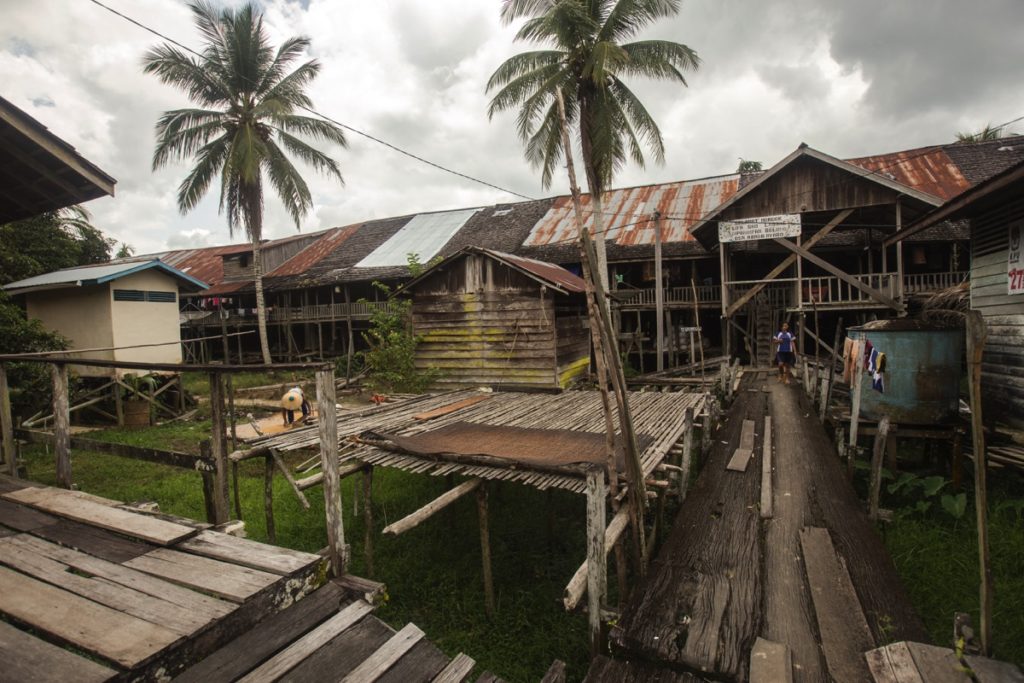
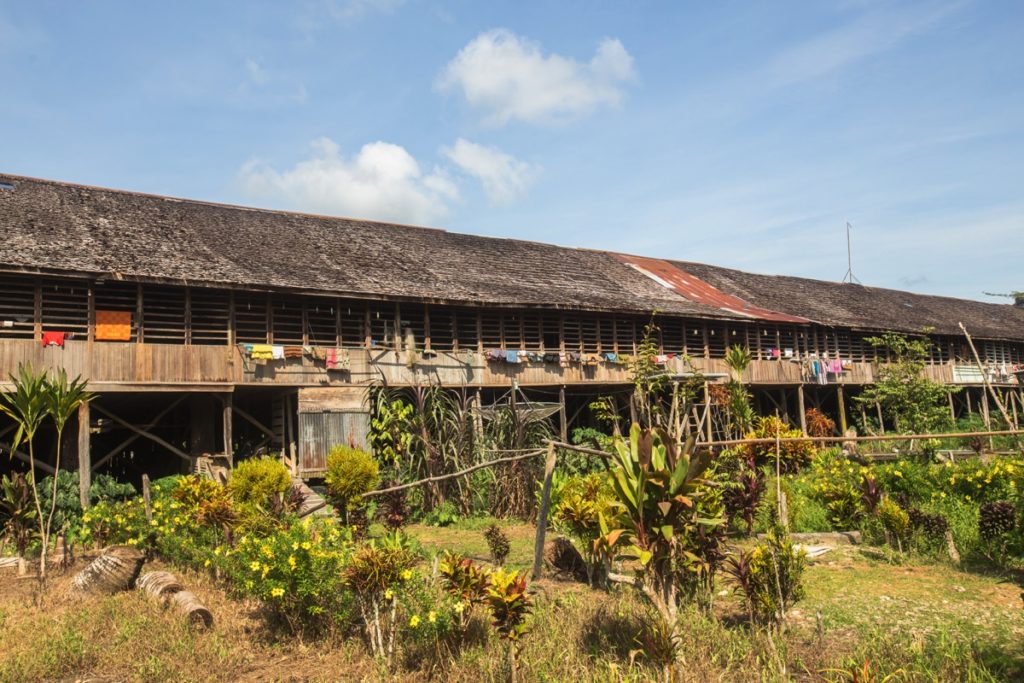
Benua Tengah
Papua : Honai
In the highlands of Papua, the traditional house is that of a small case called a honai. Men and women usually live in separate house.
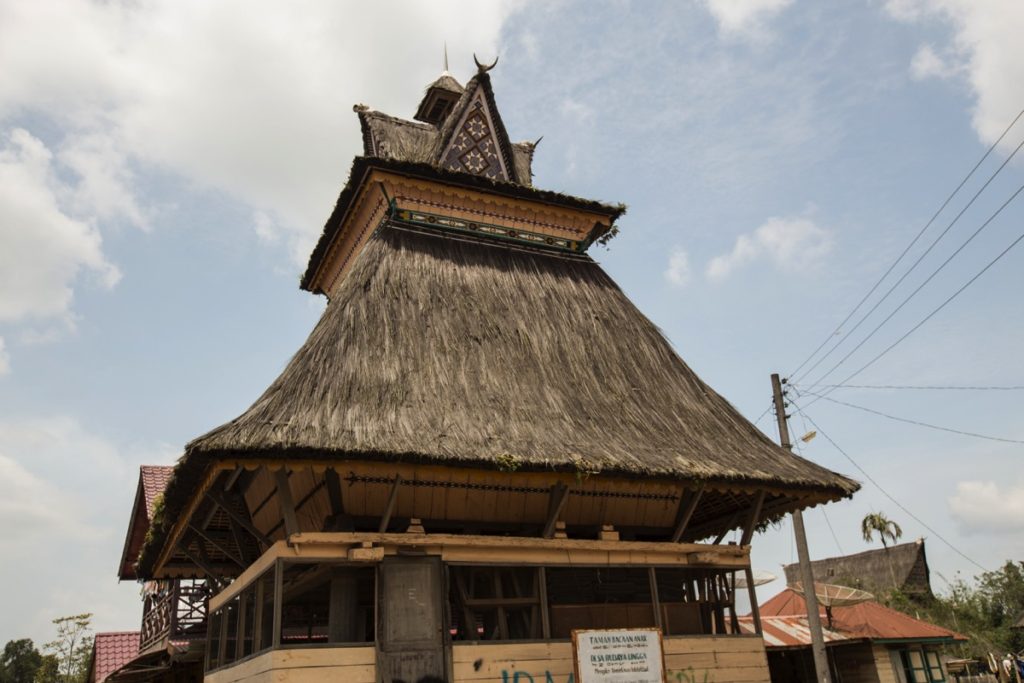
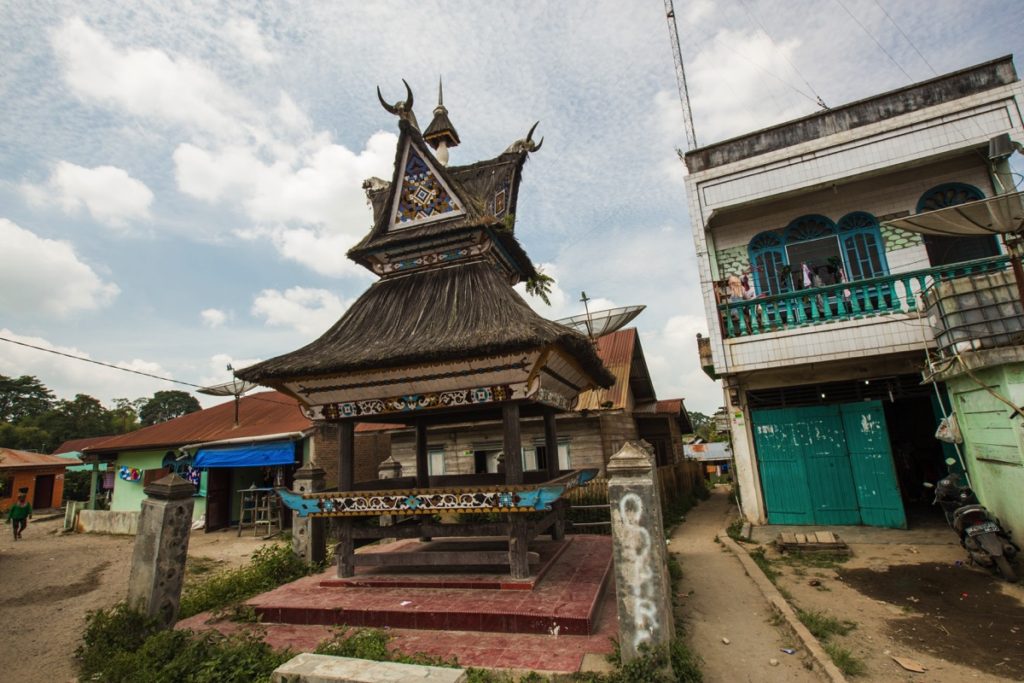
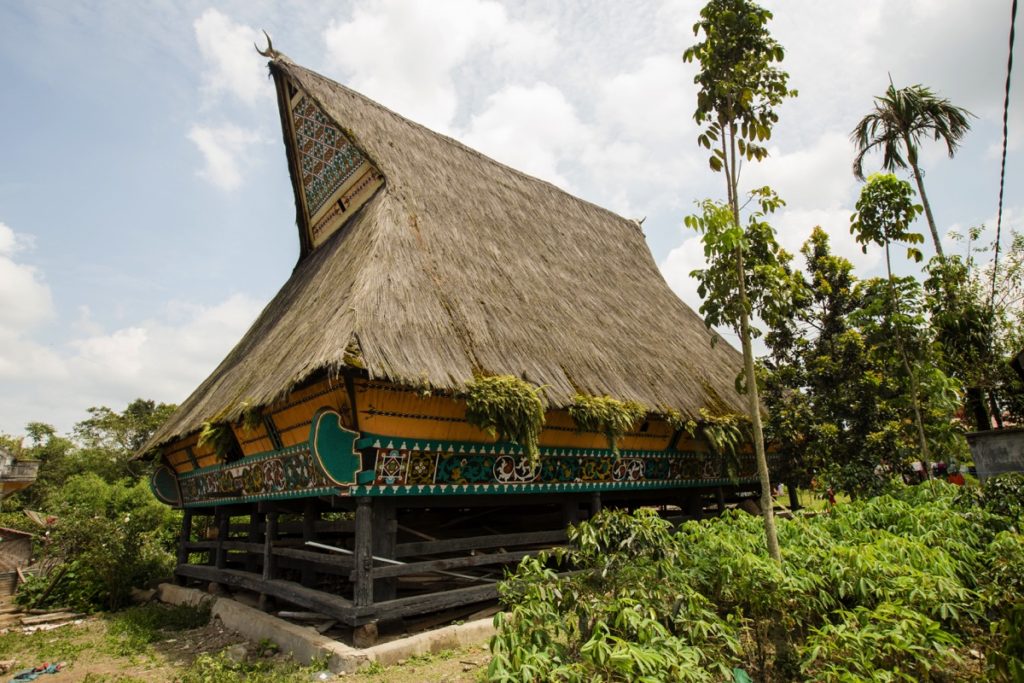
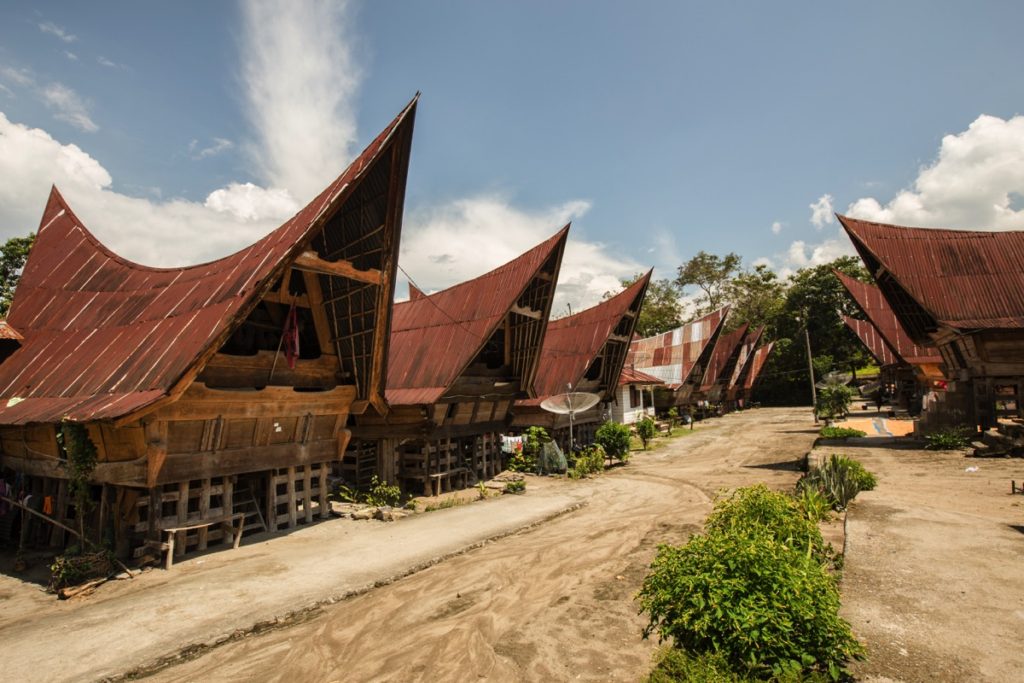
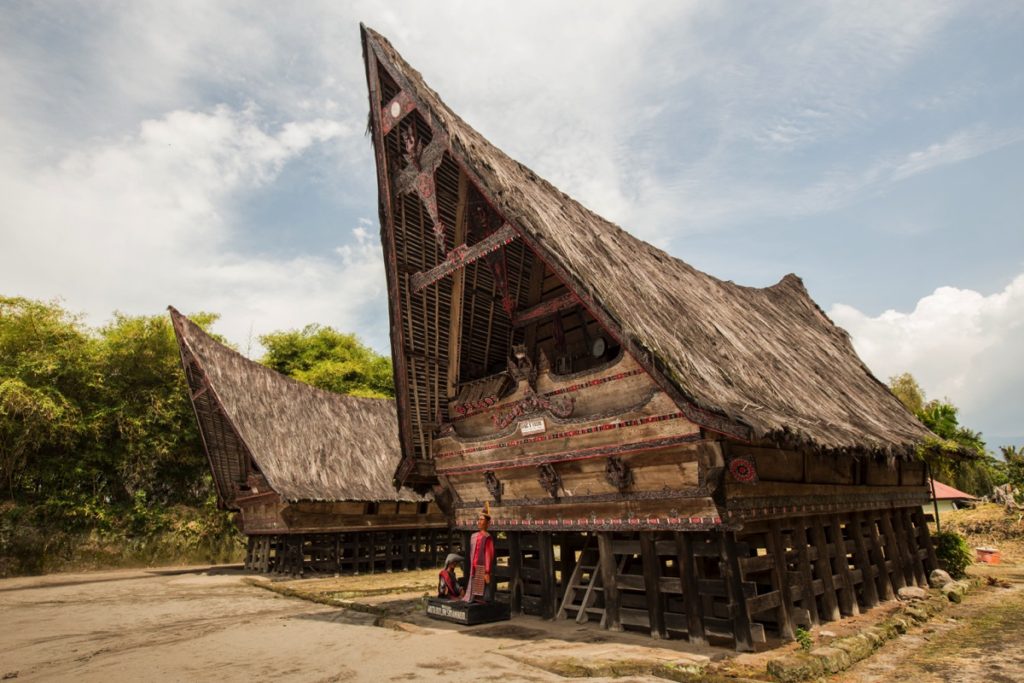
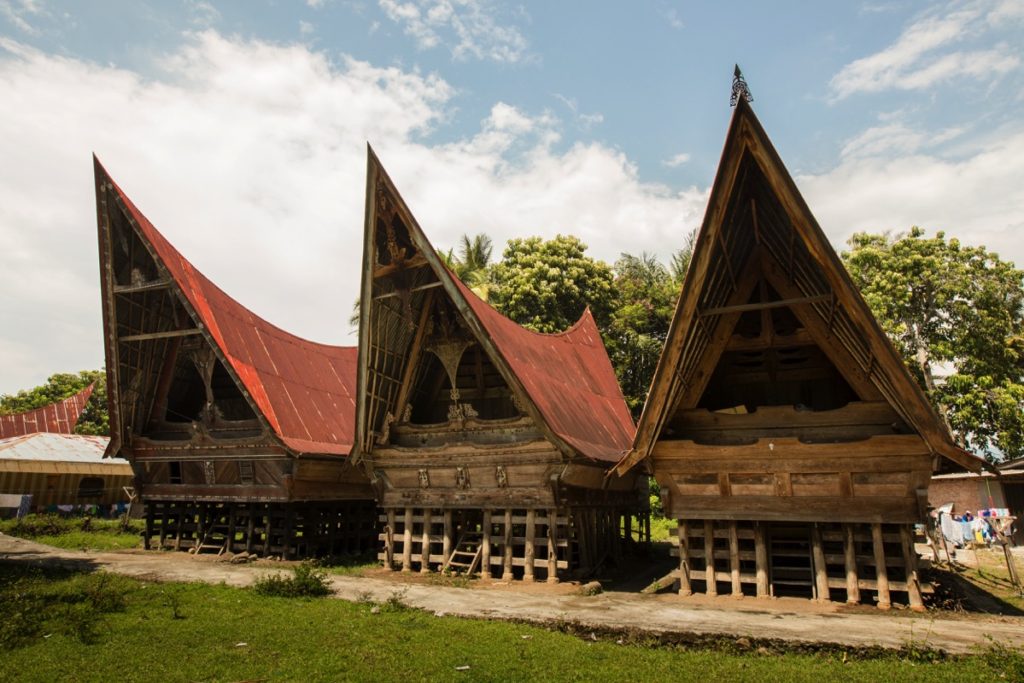
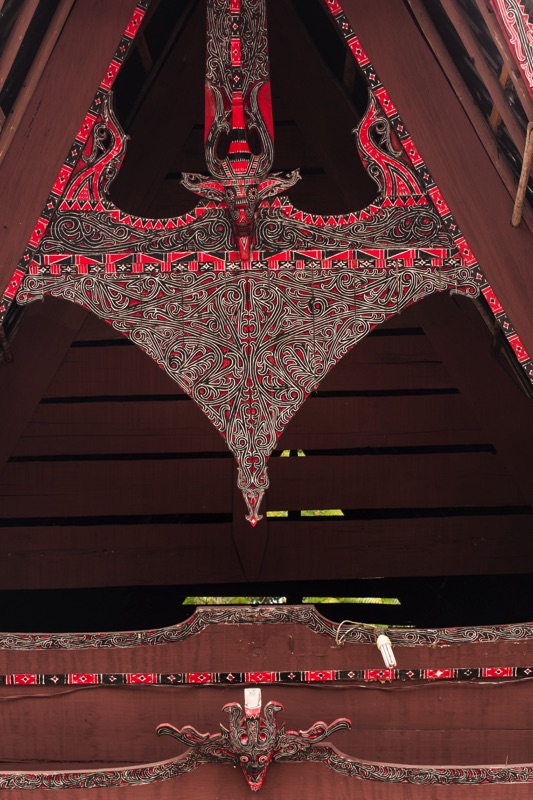
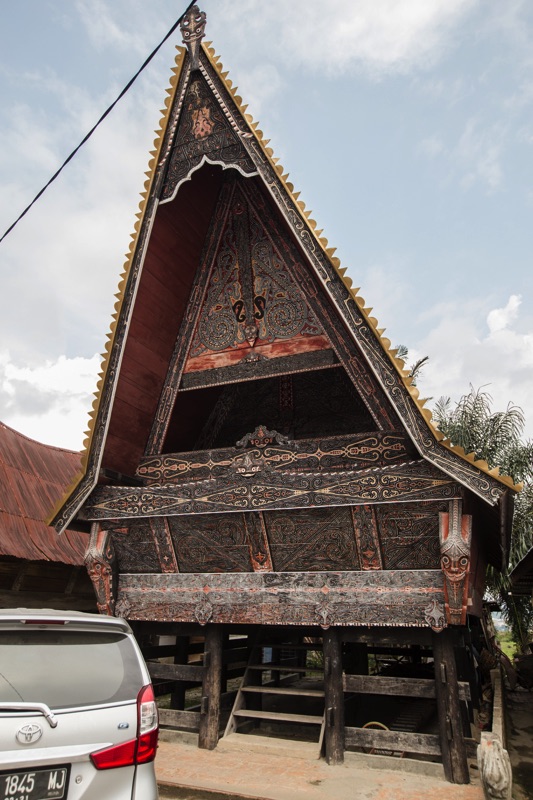
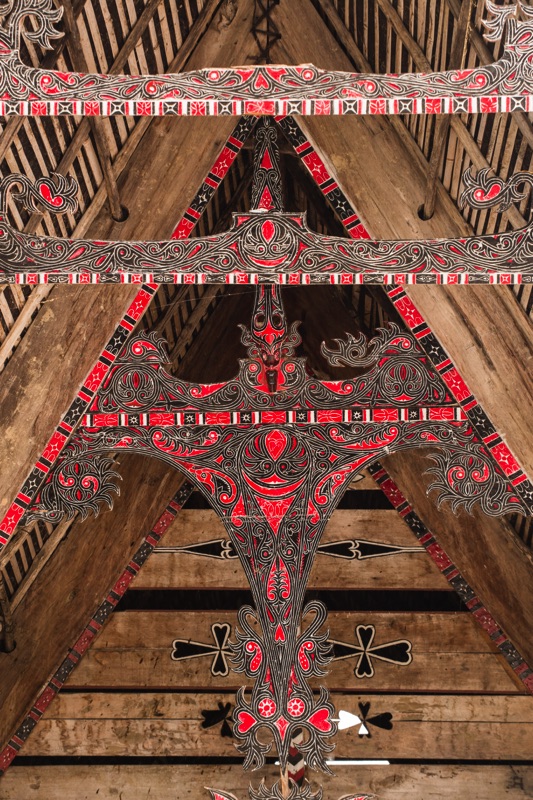
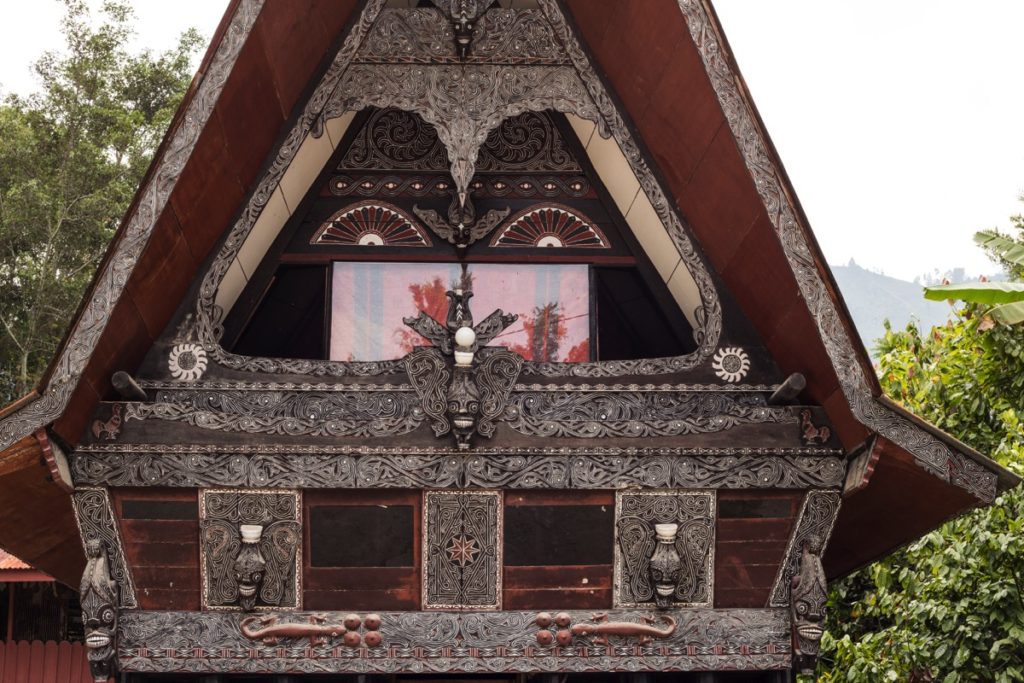
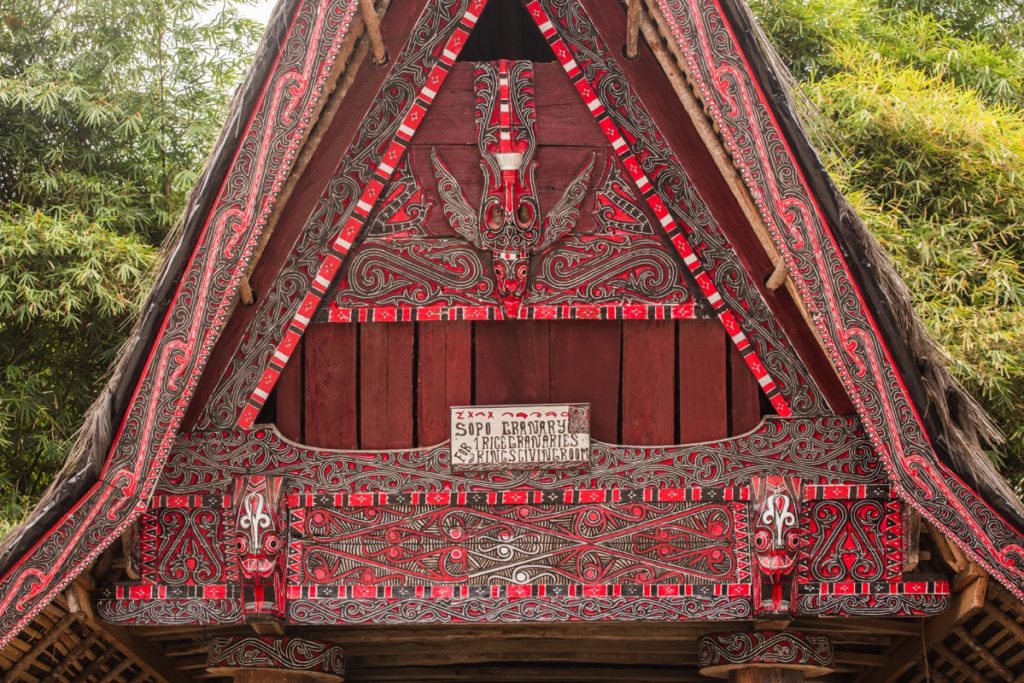
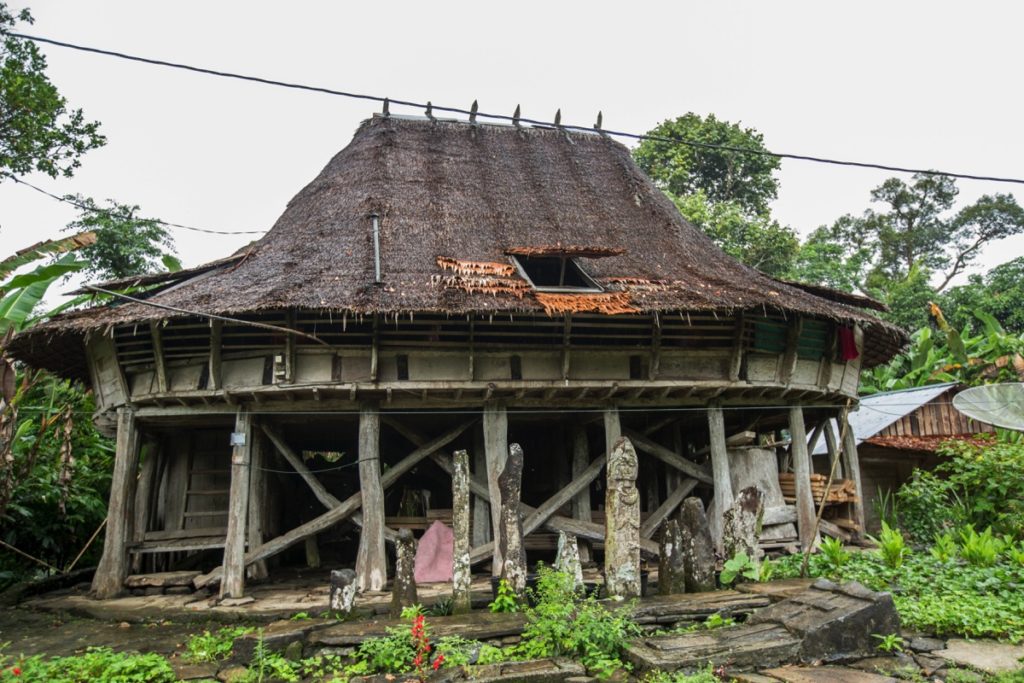
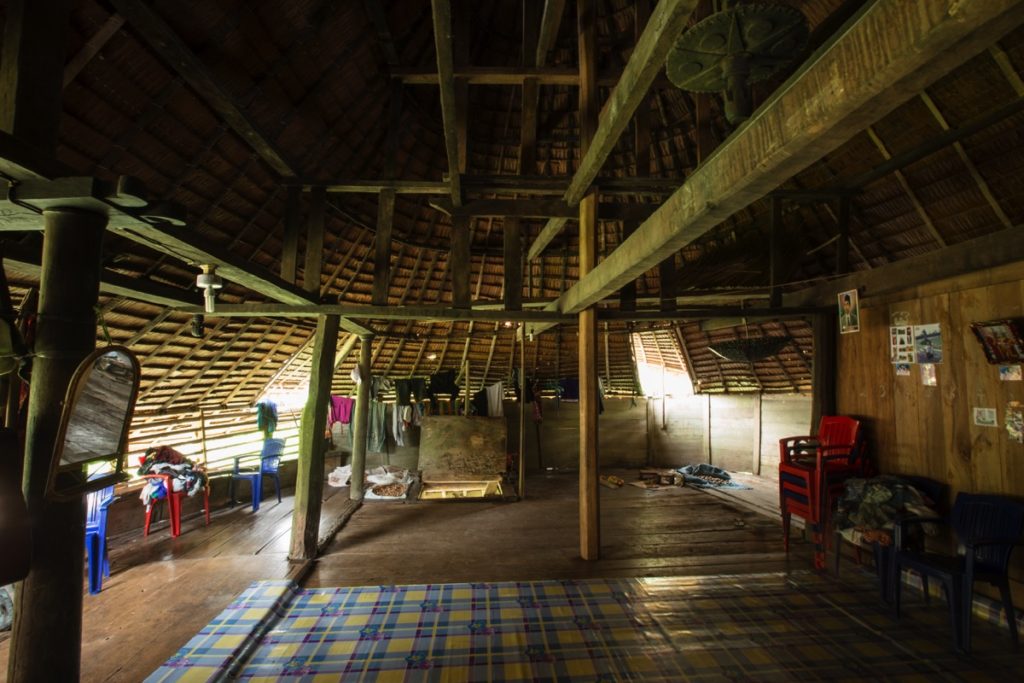
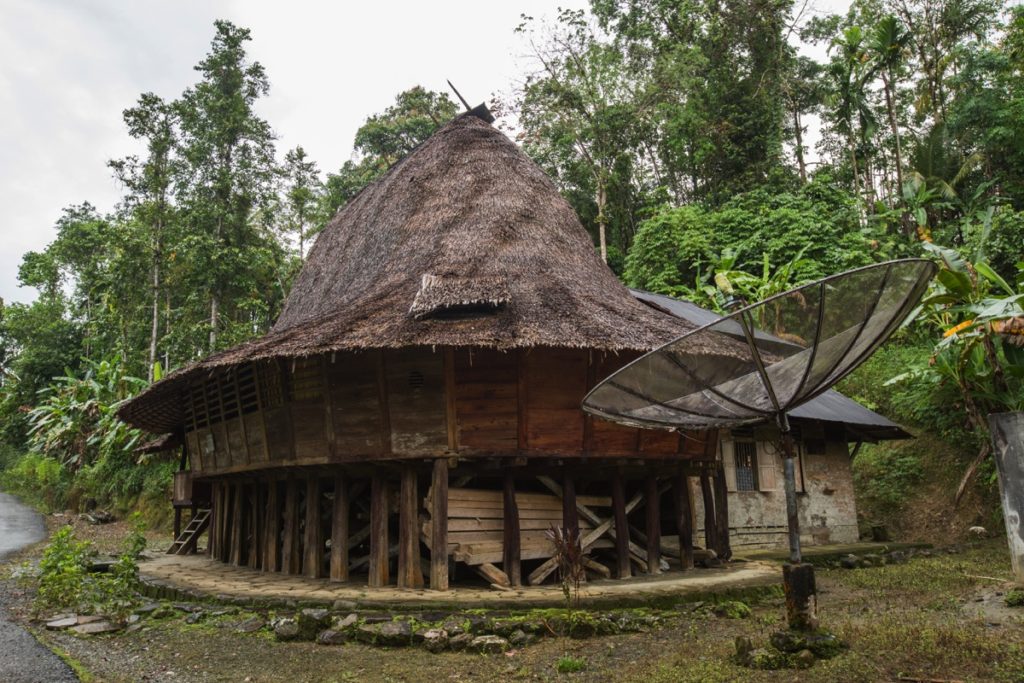
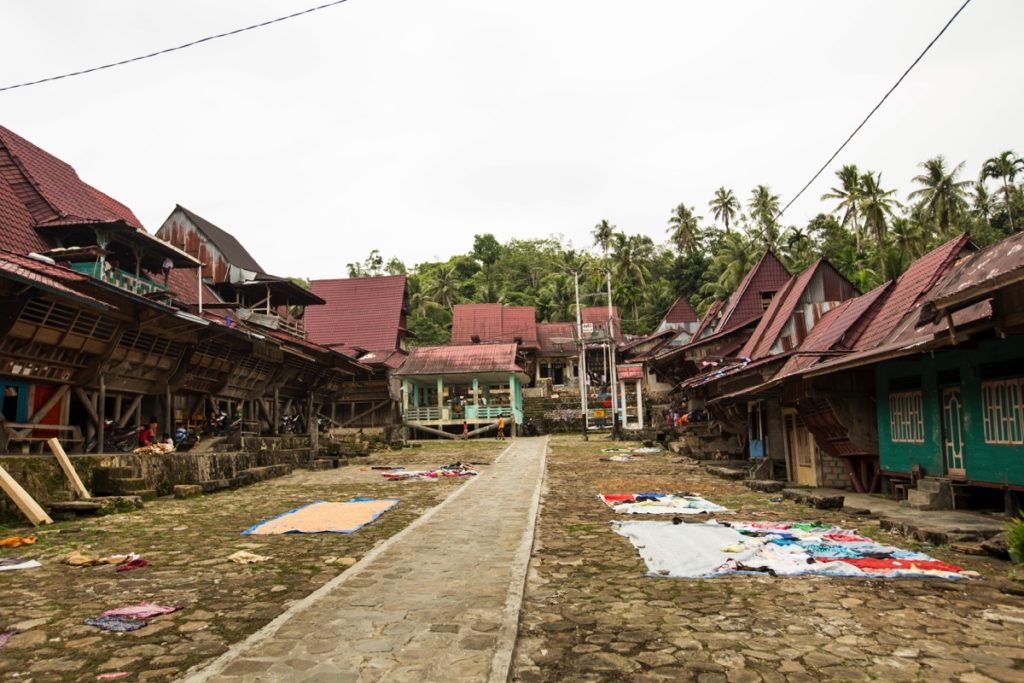
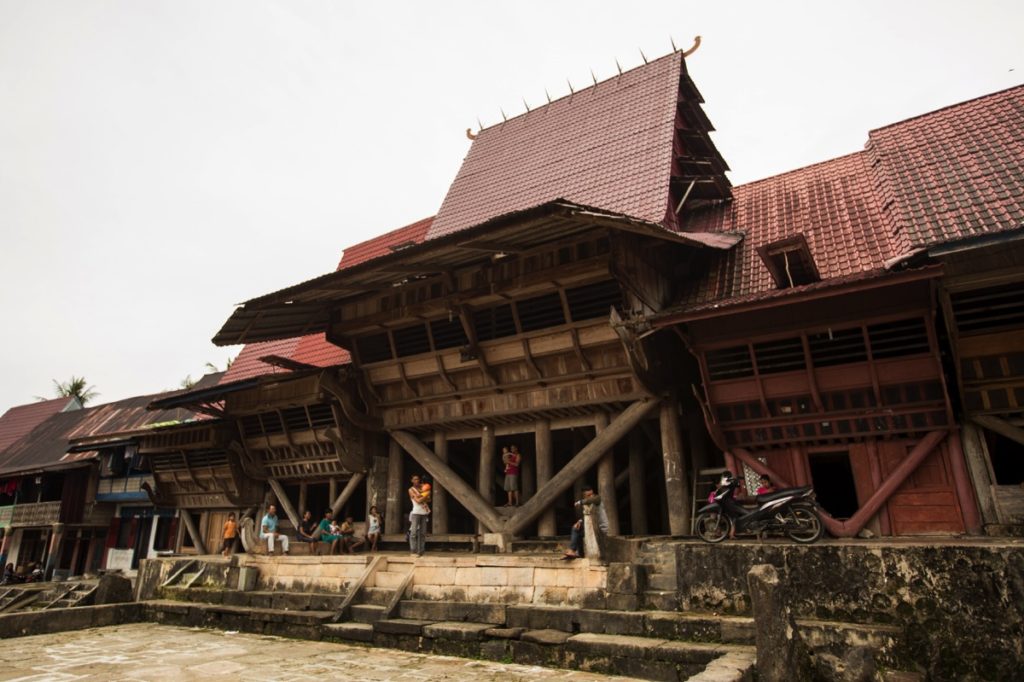
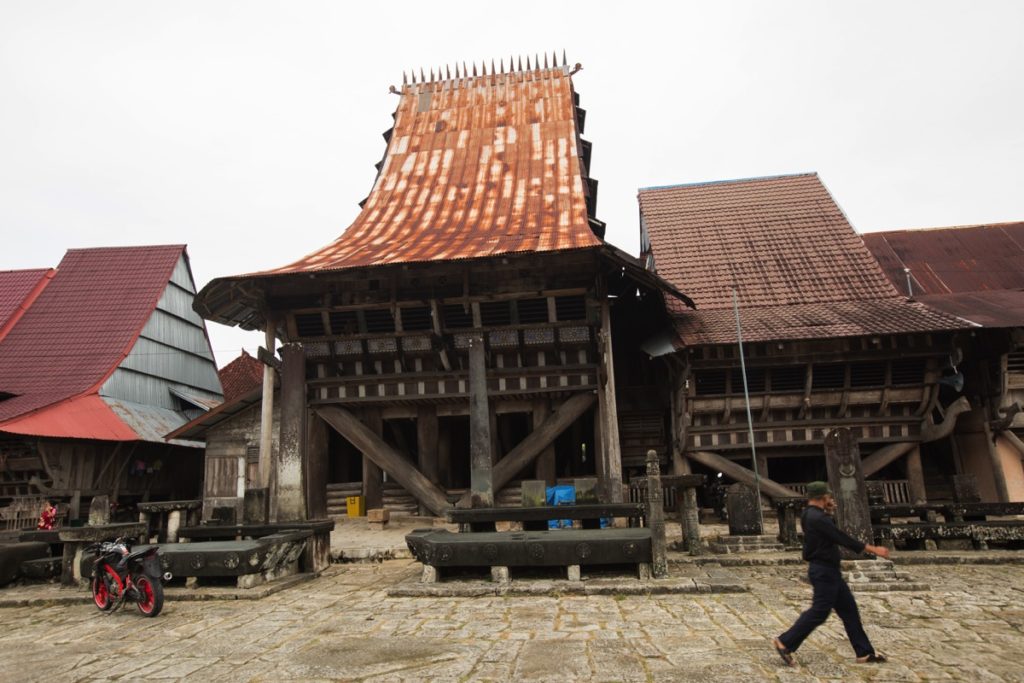
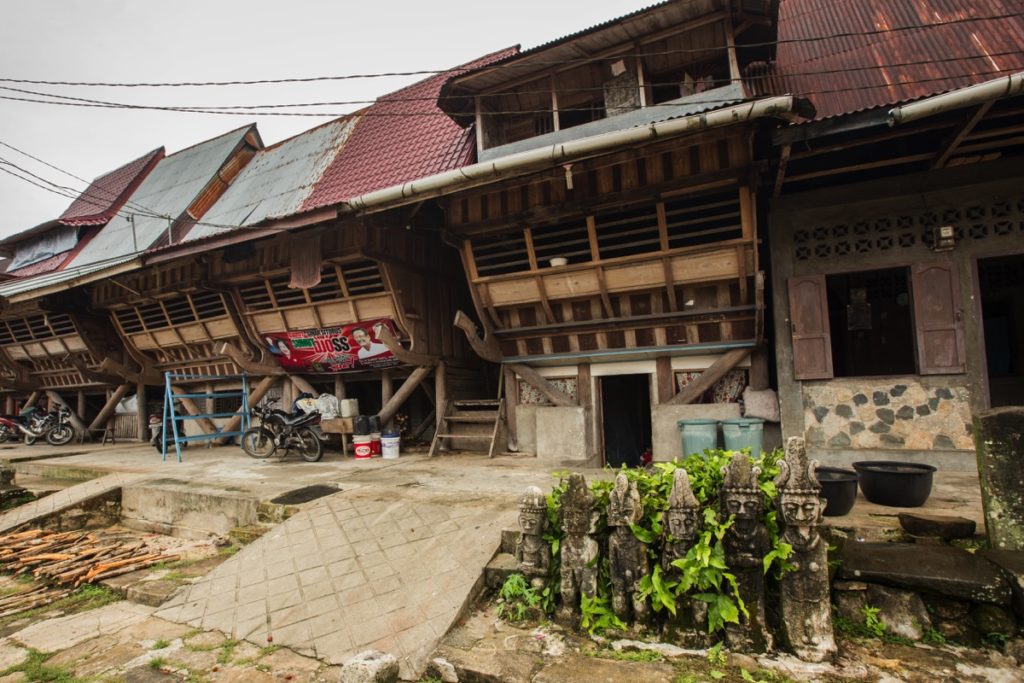
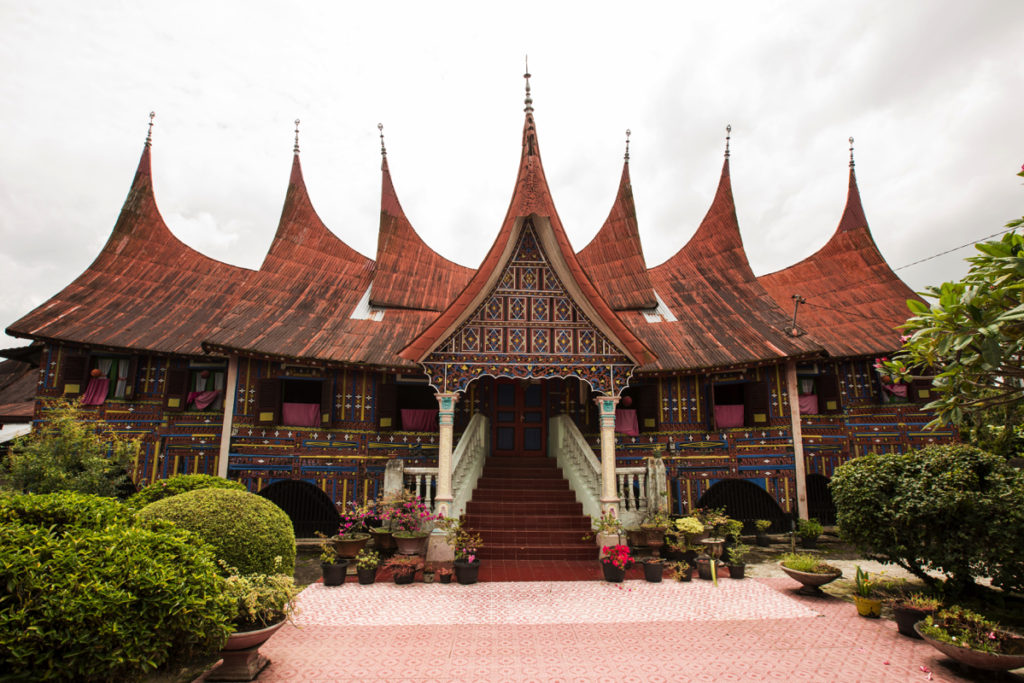
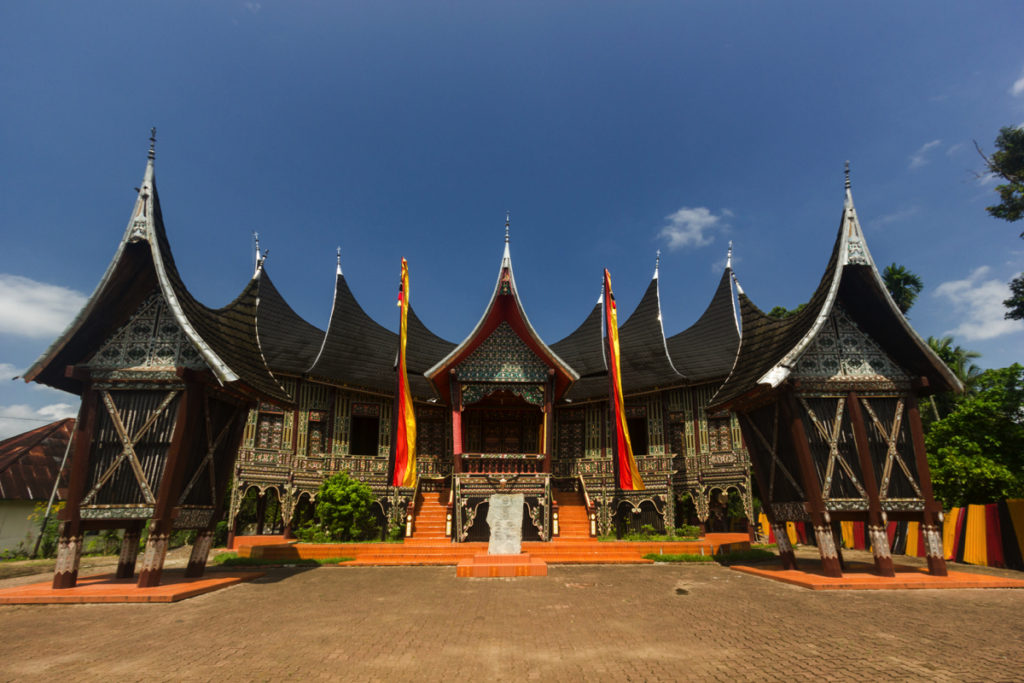
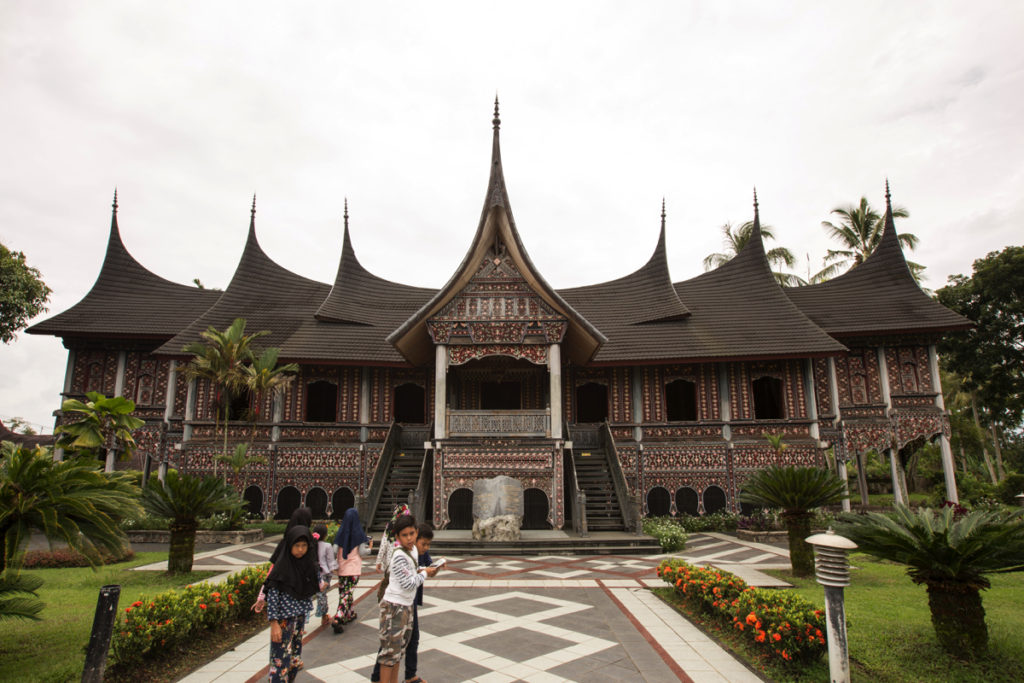
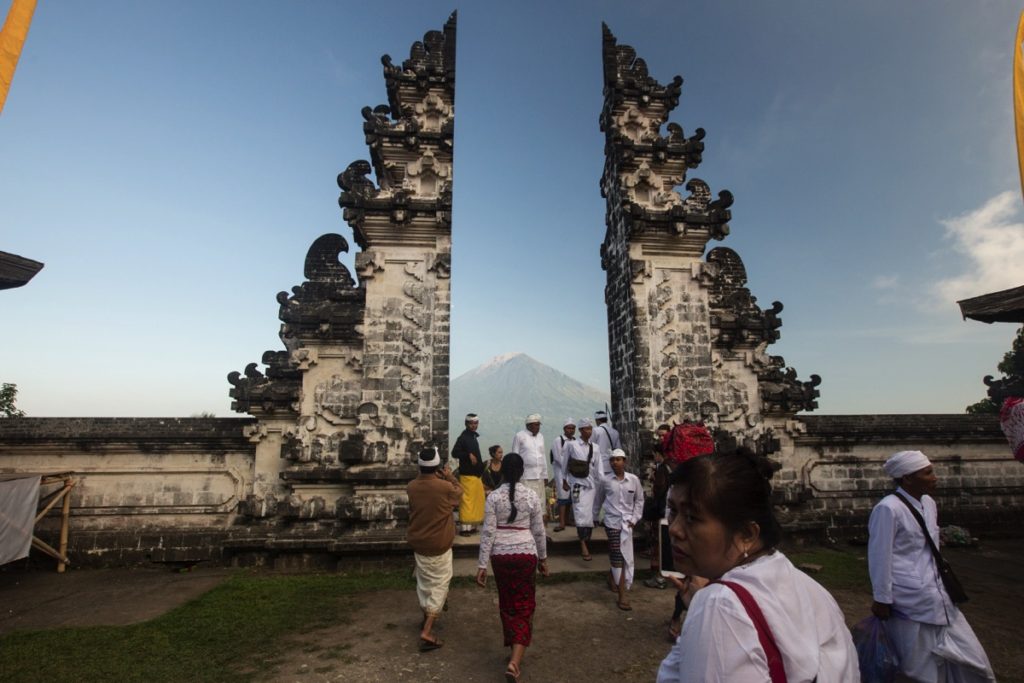
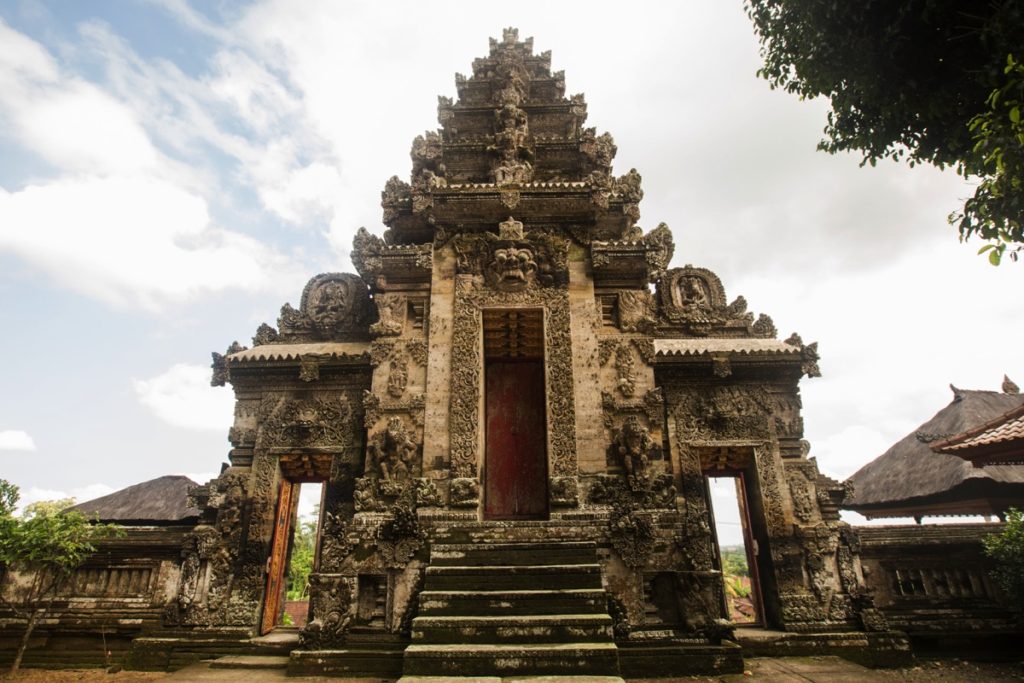
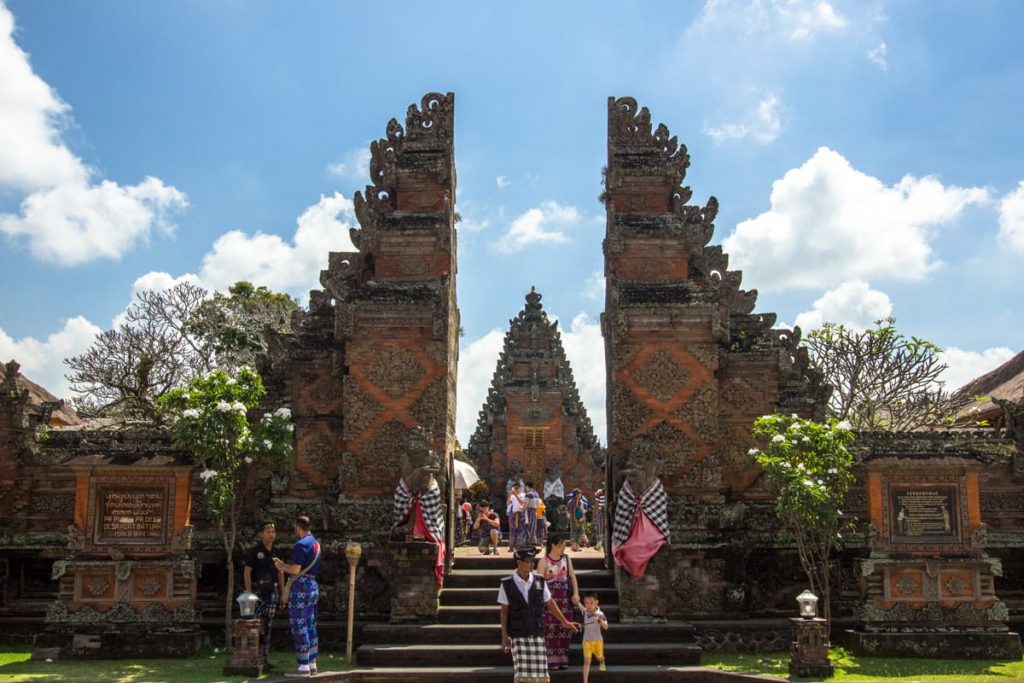
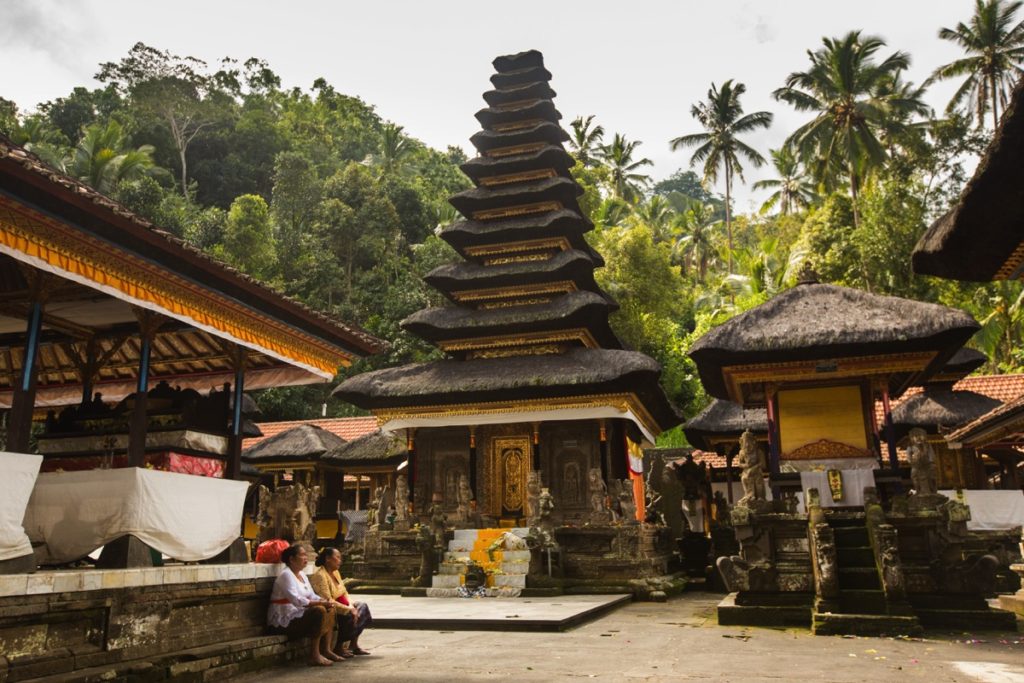
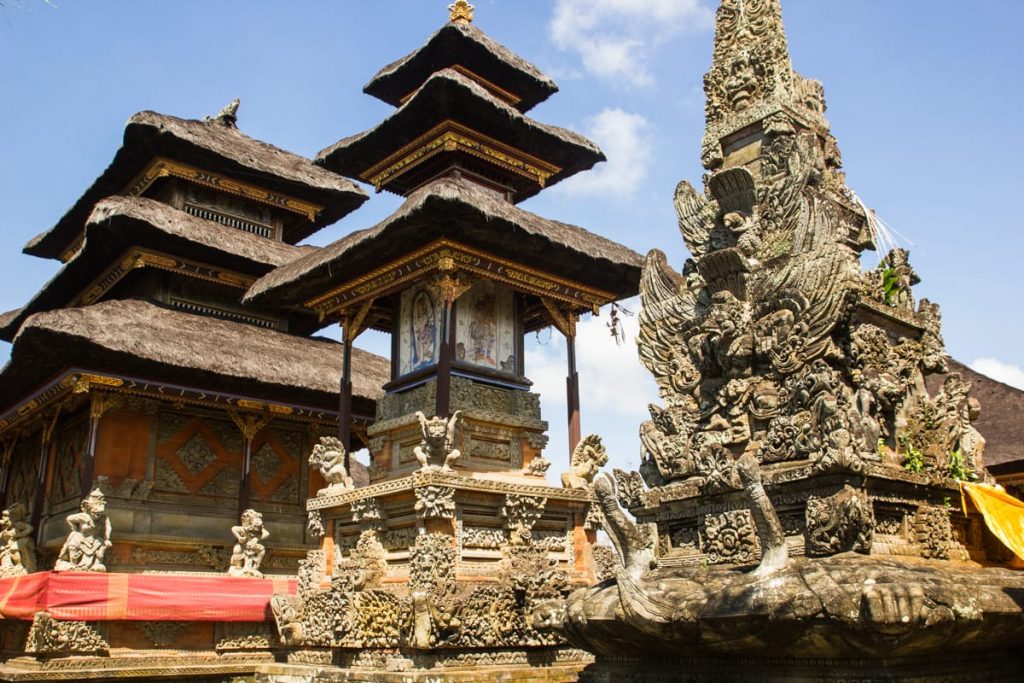
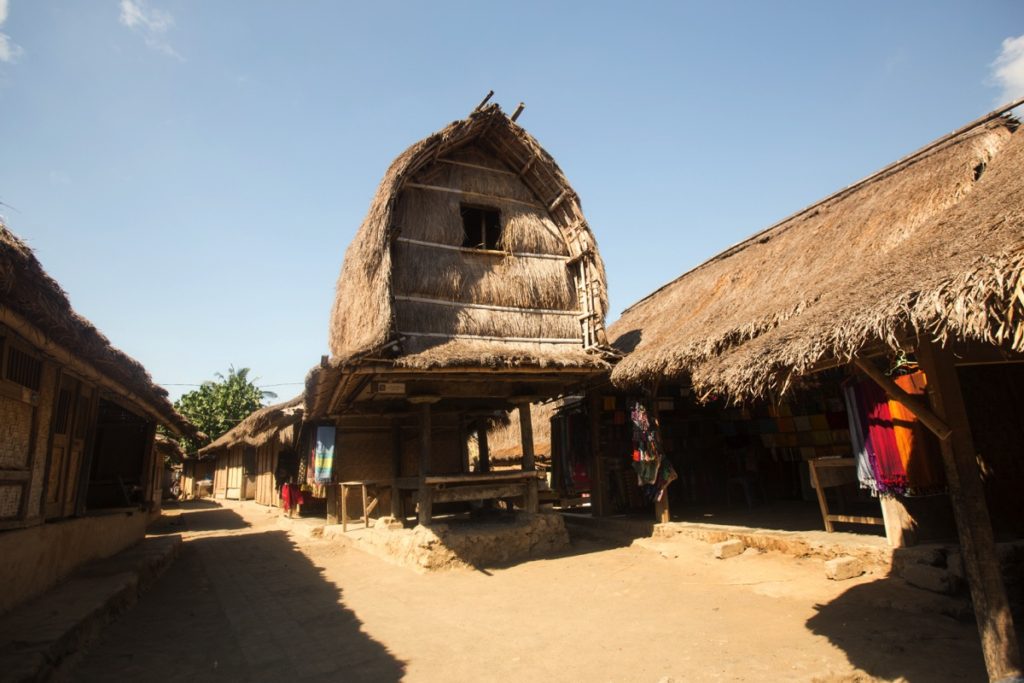
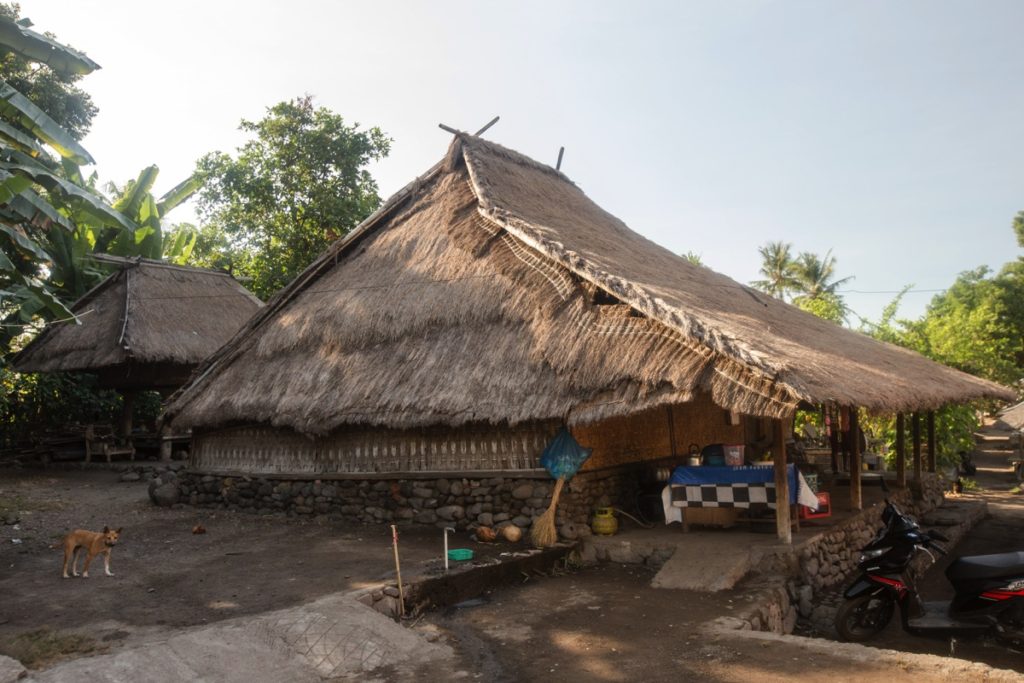
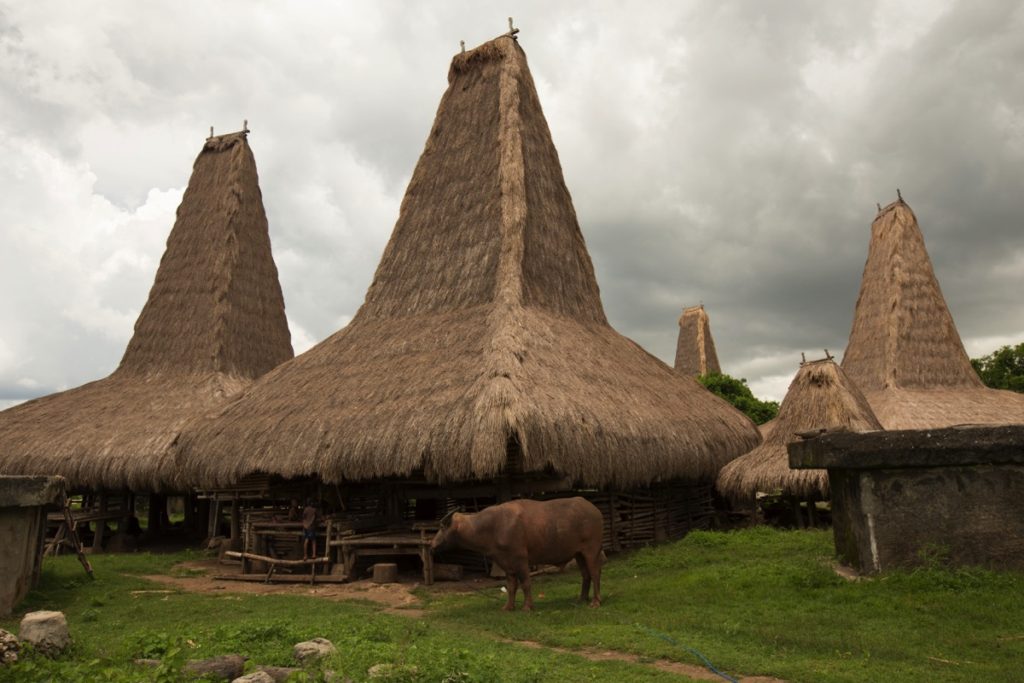
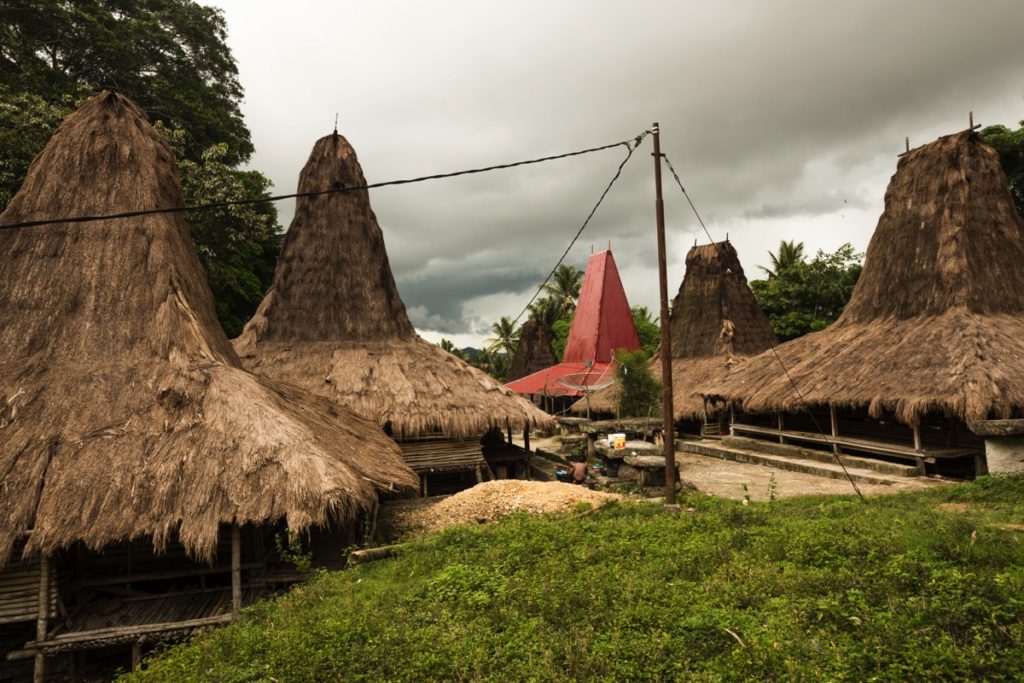
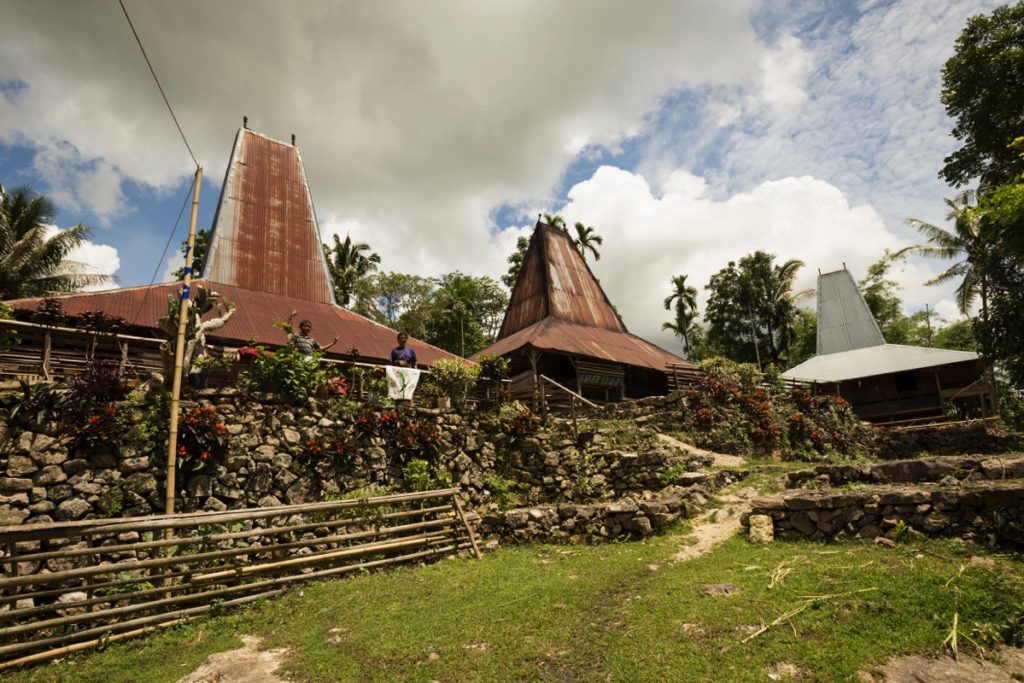
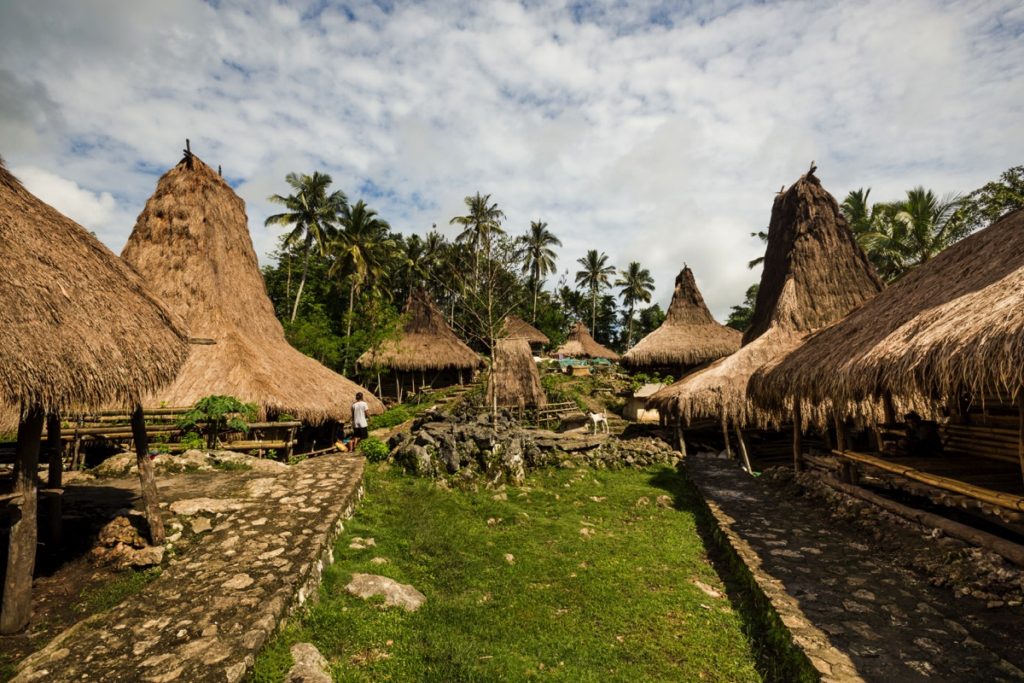
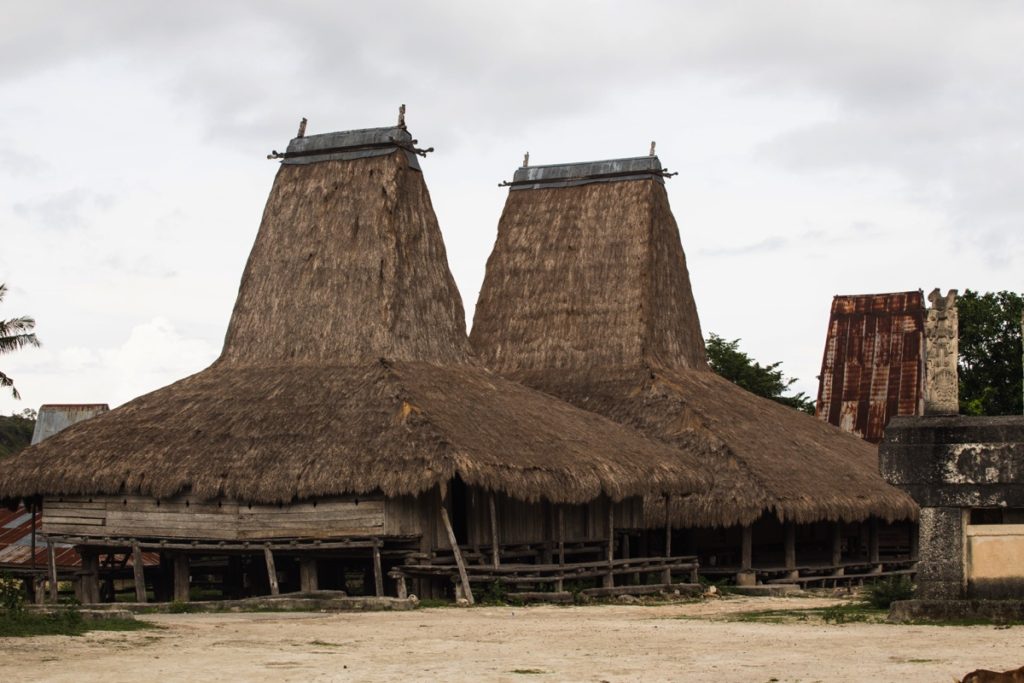
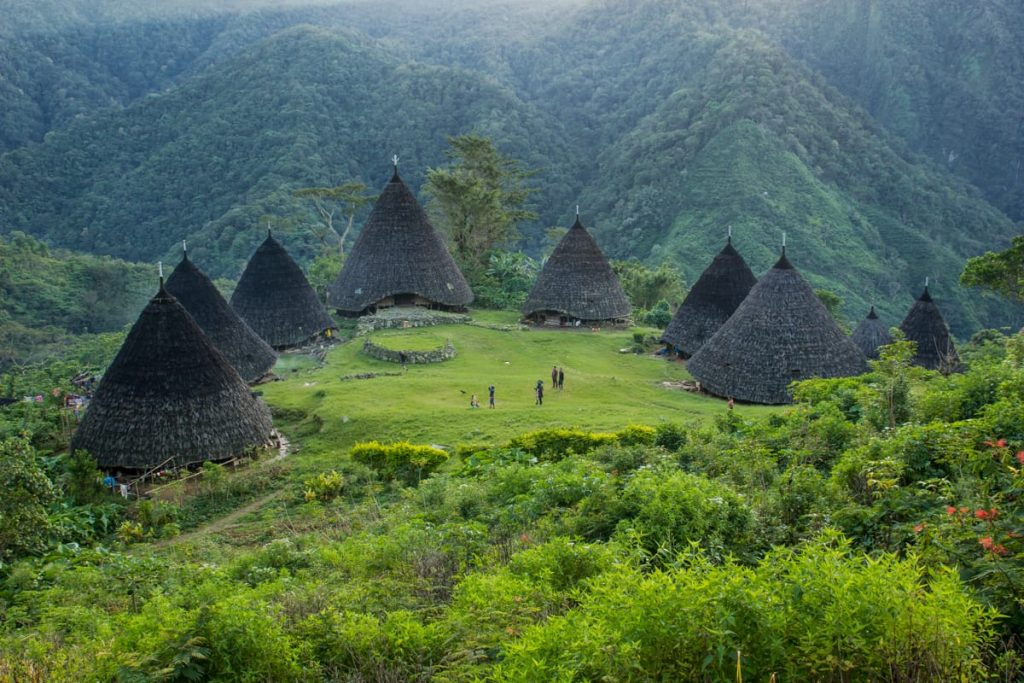
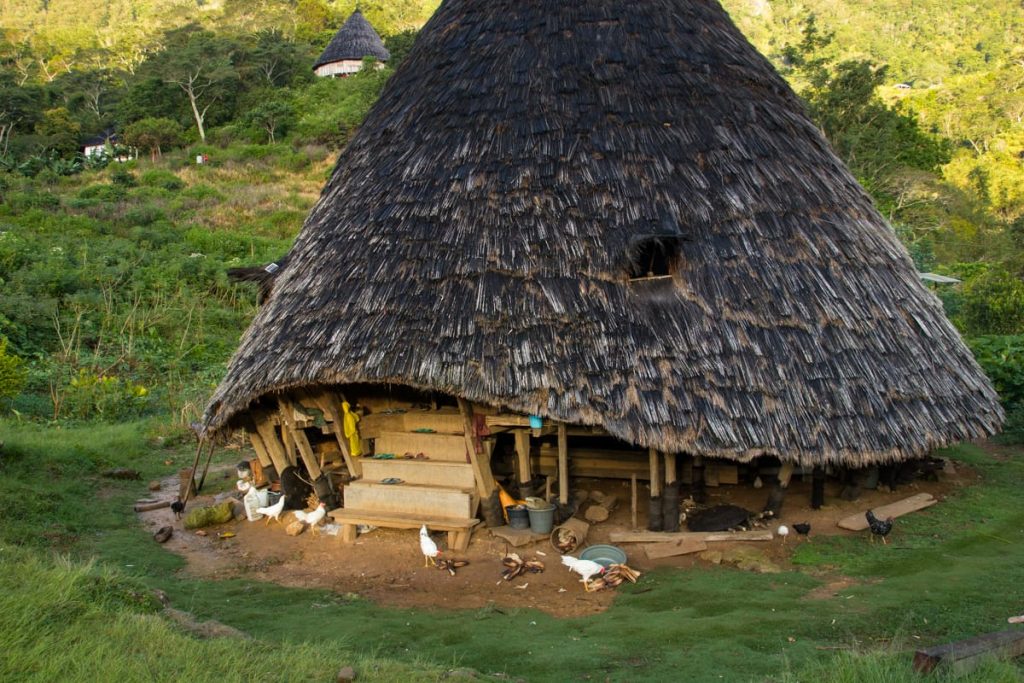
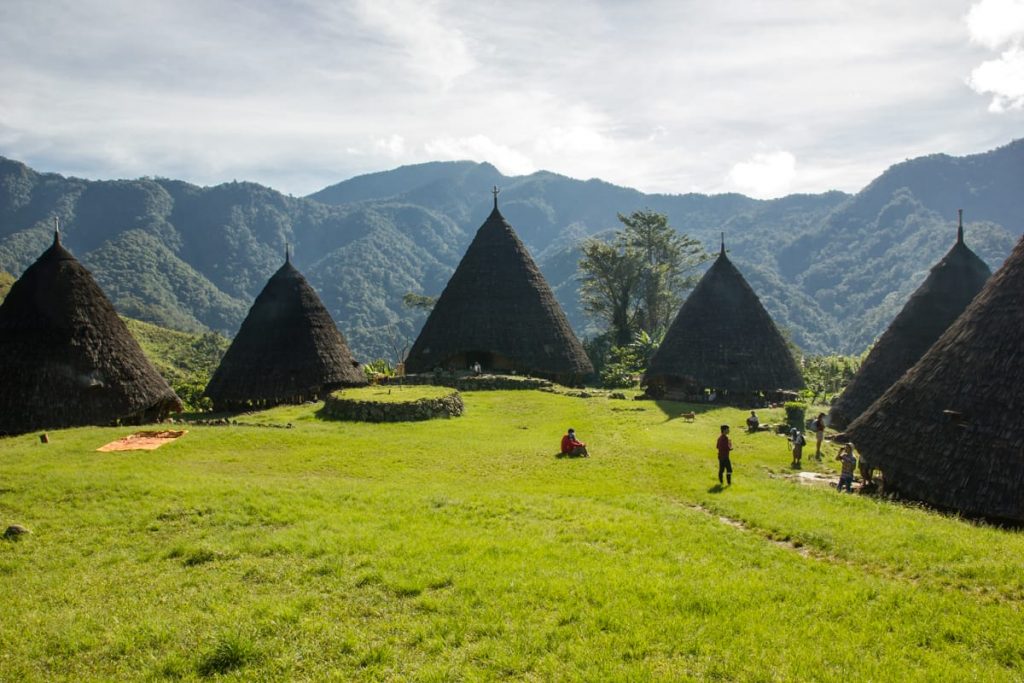
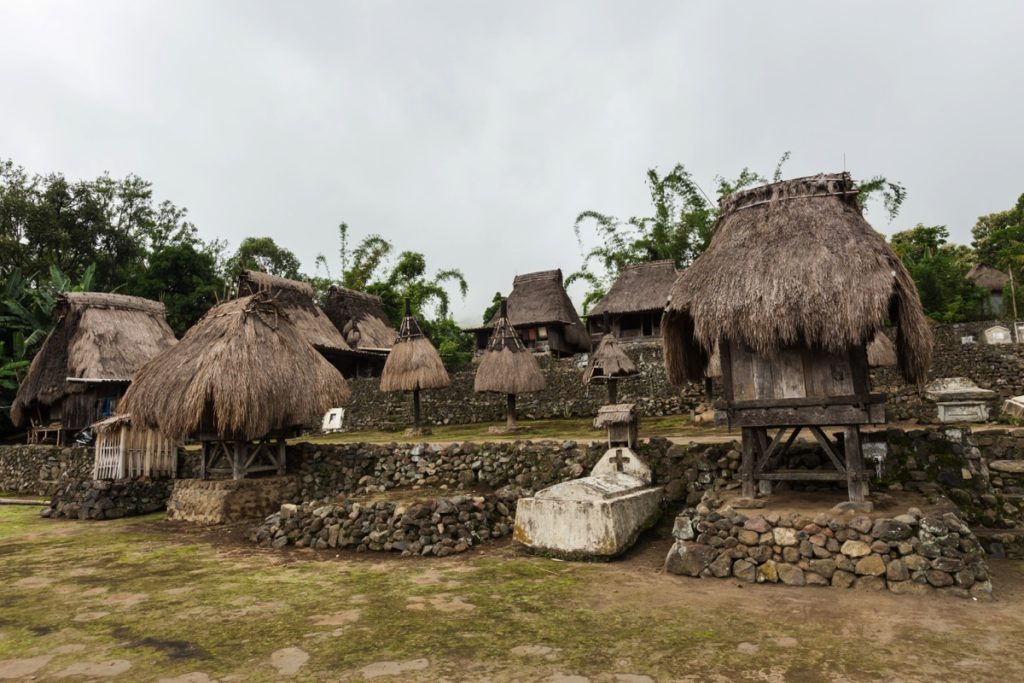
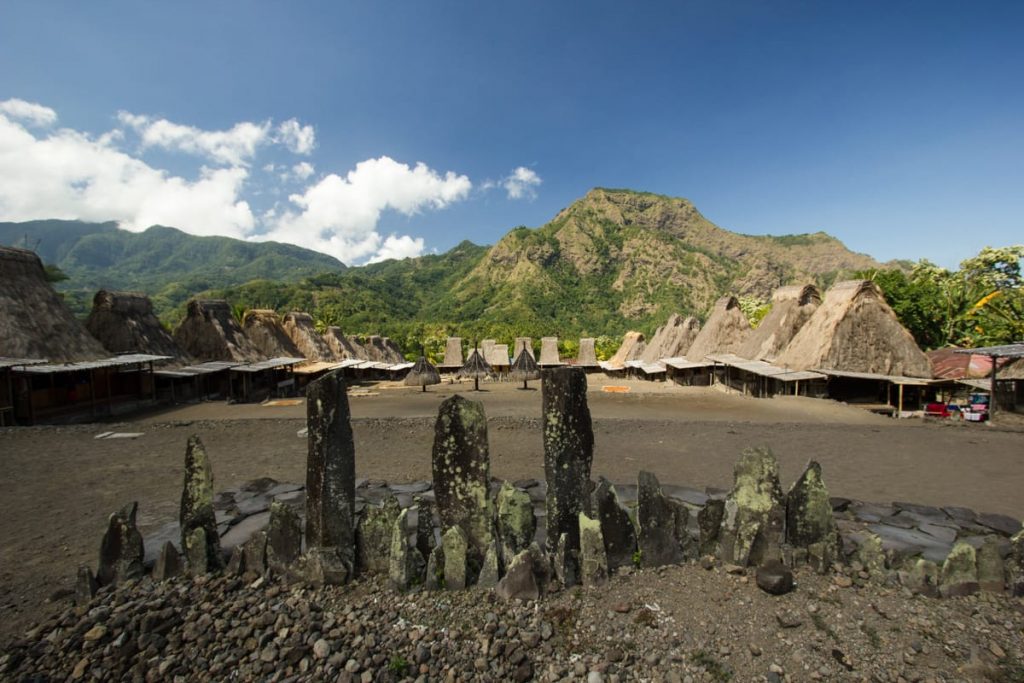
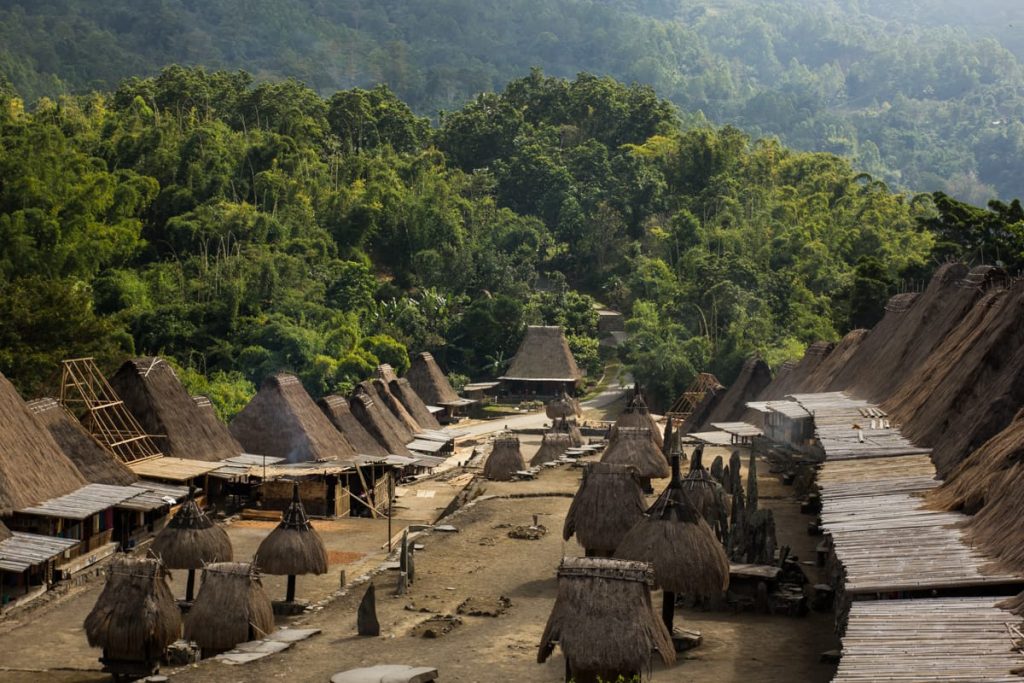
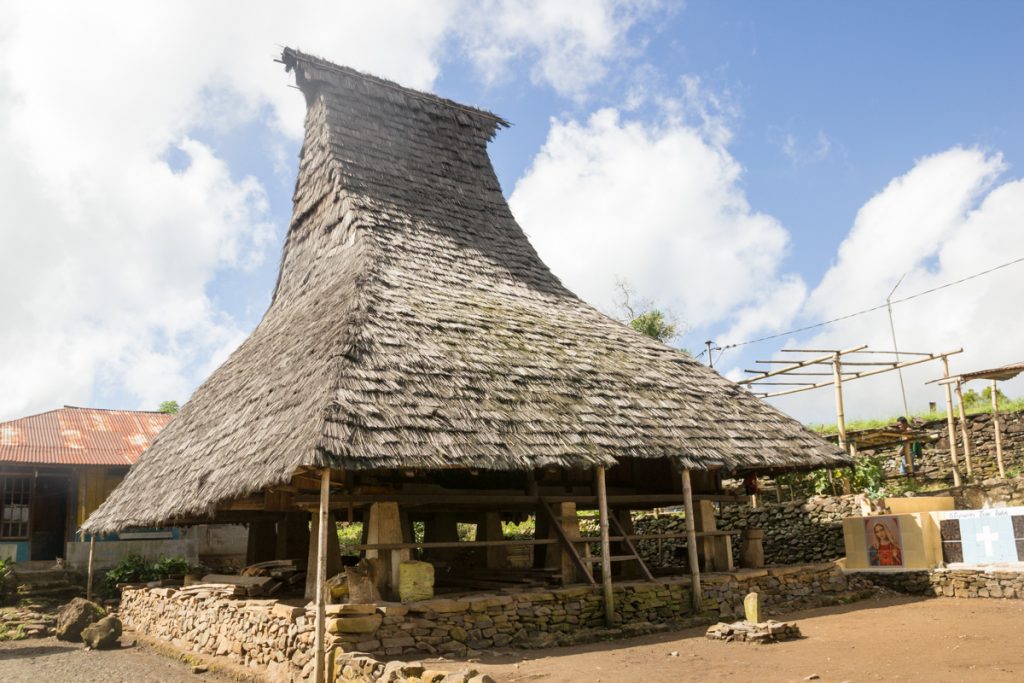
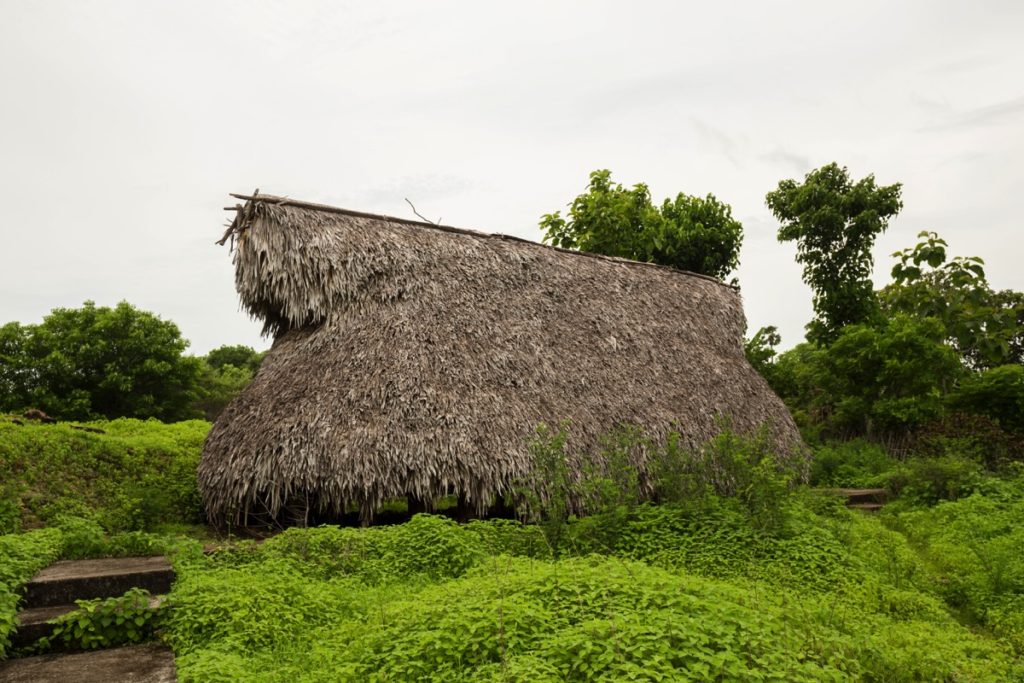
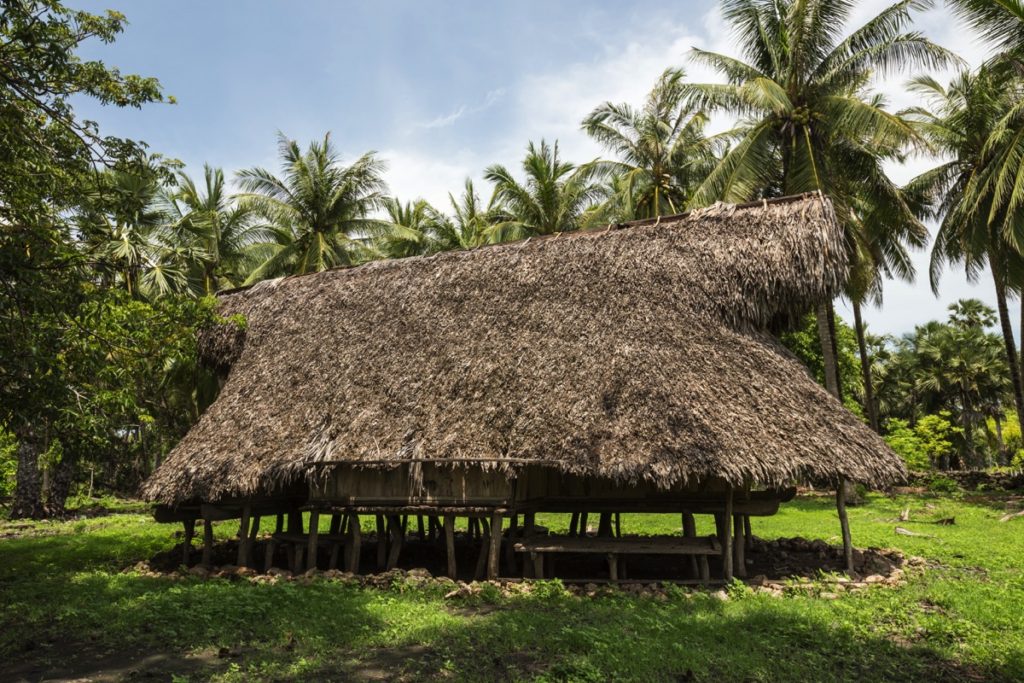
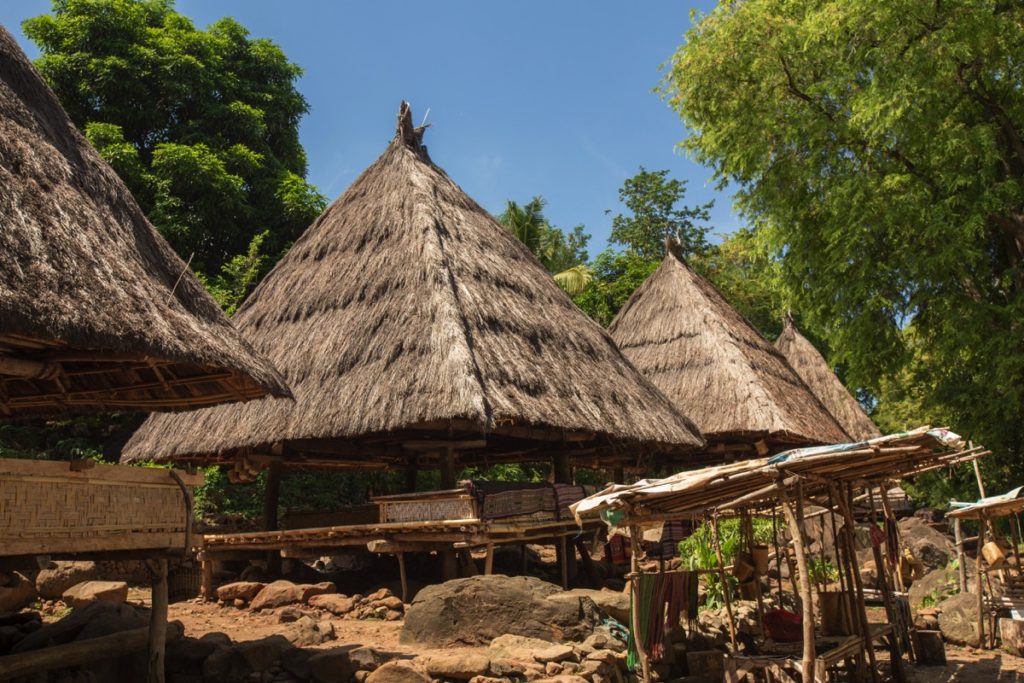
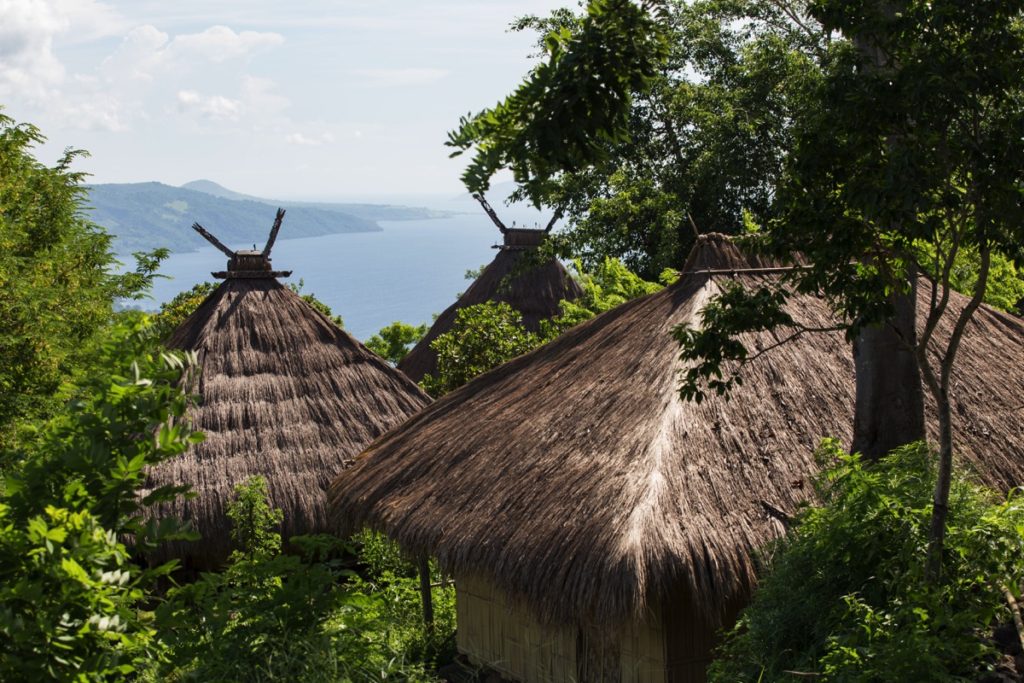
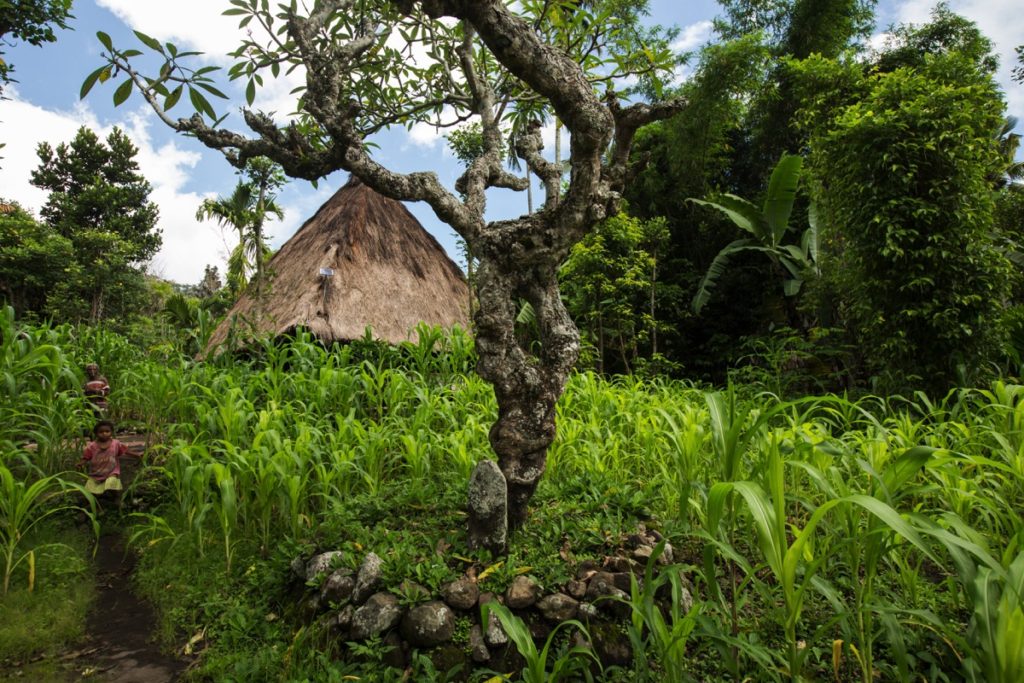
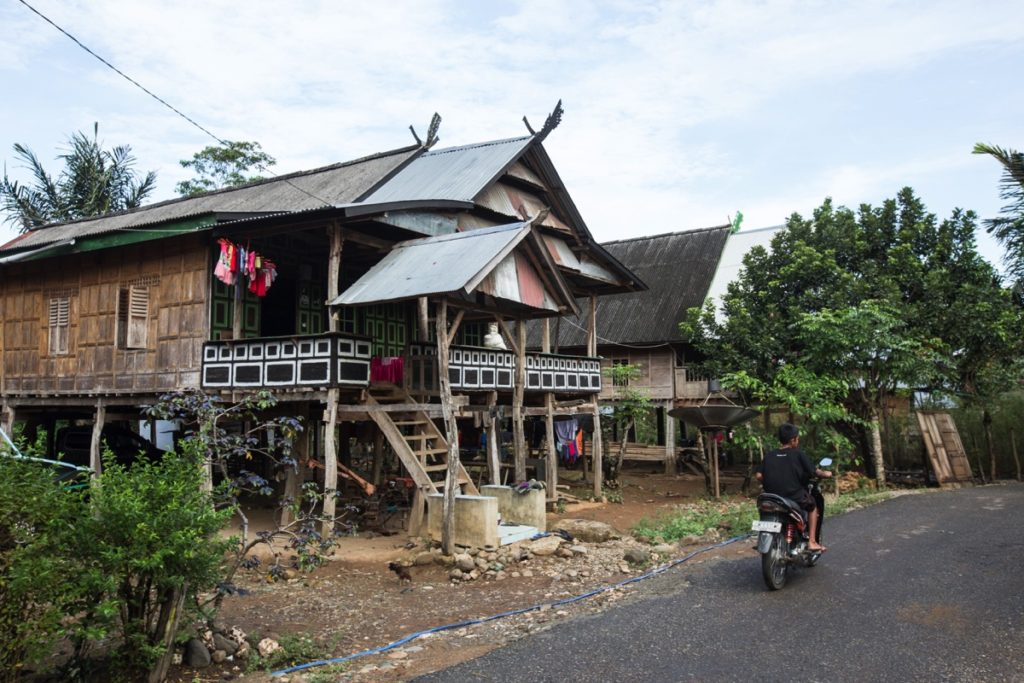
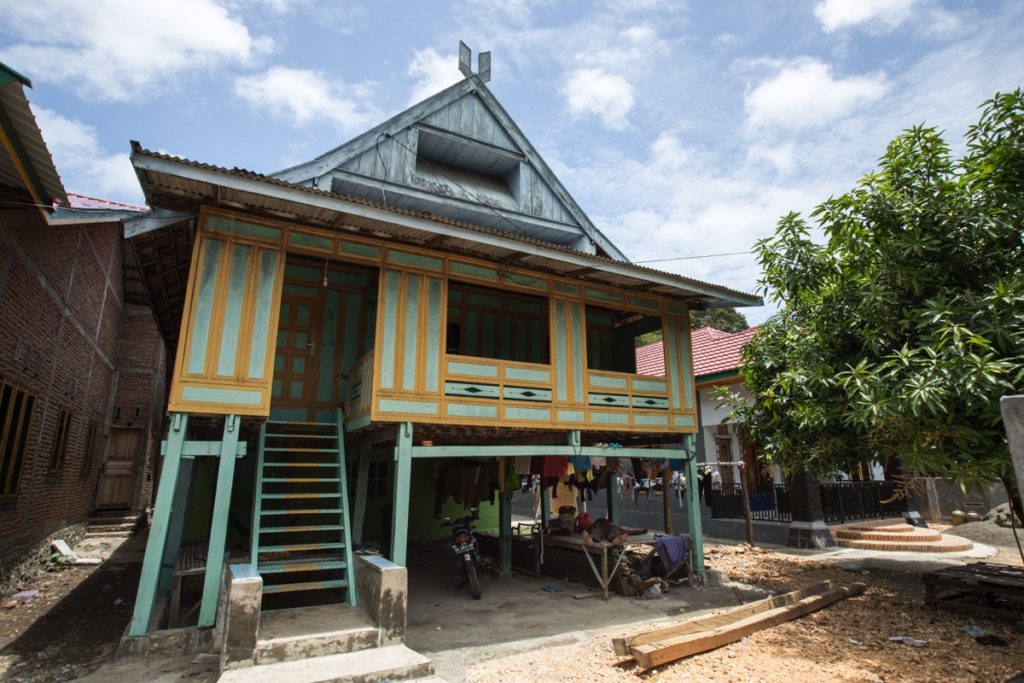
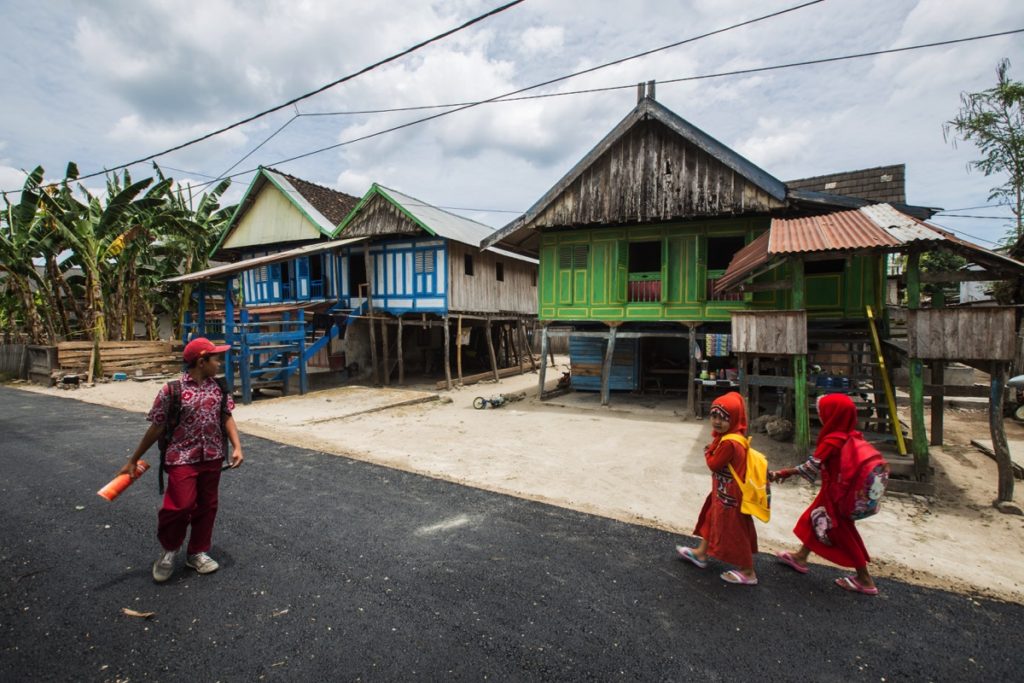
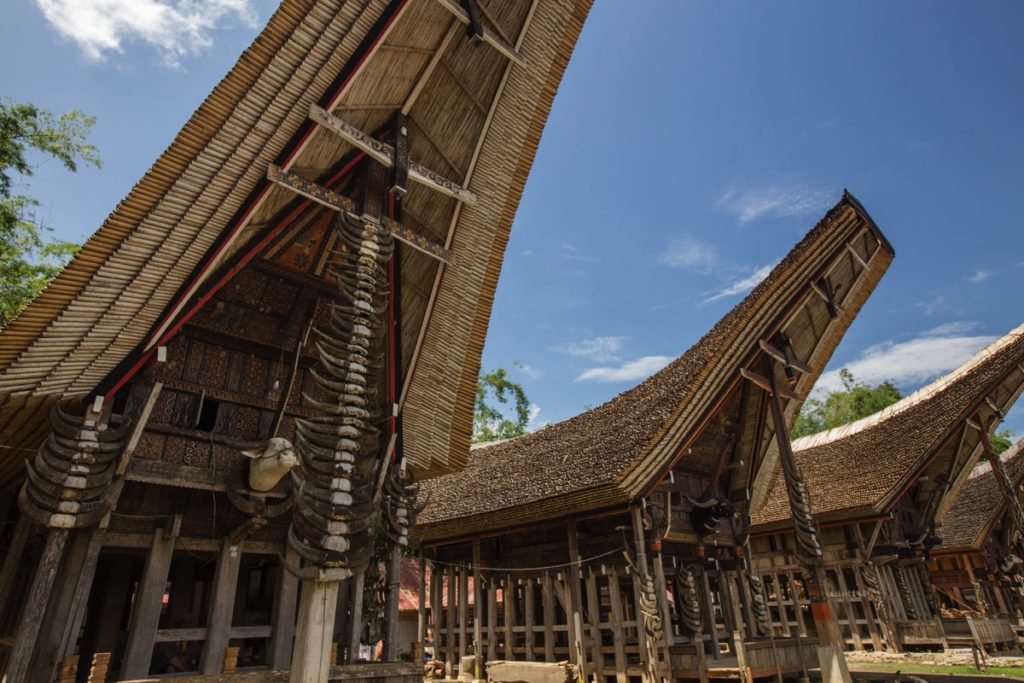
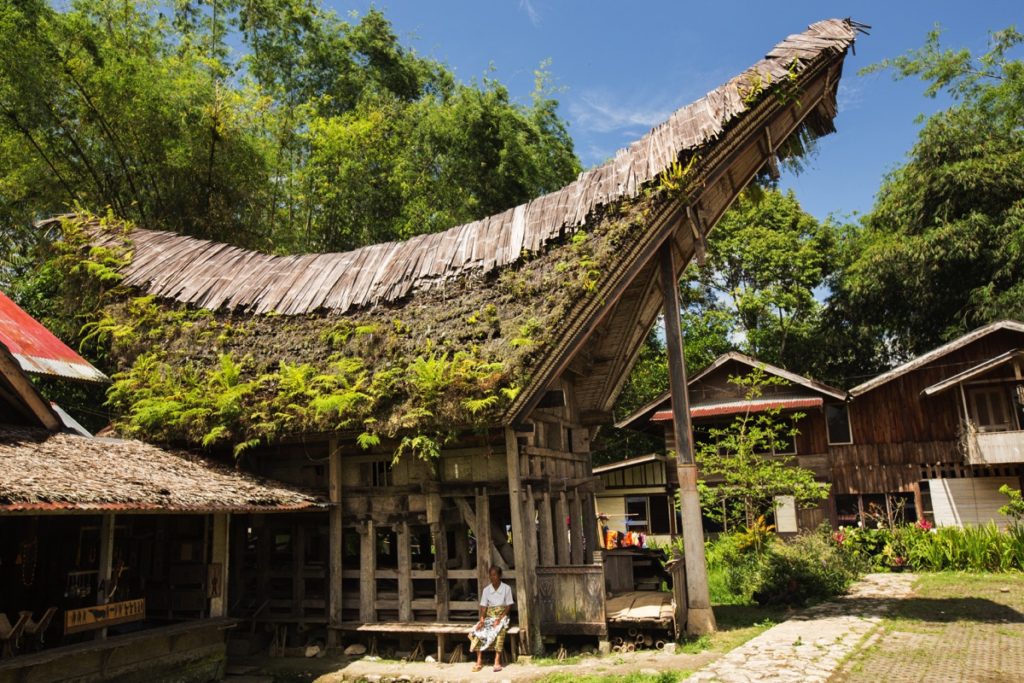
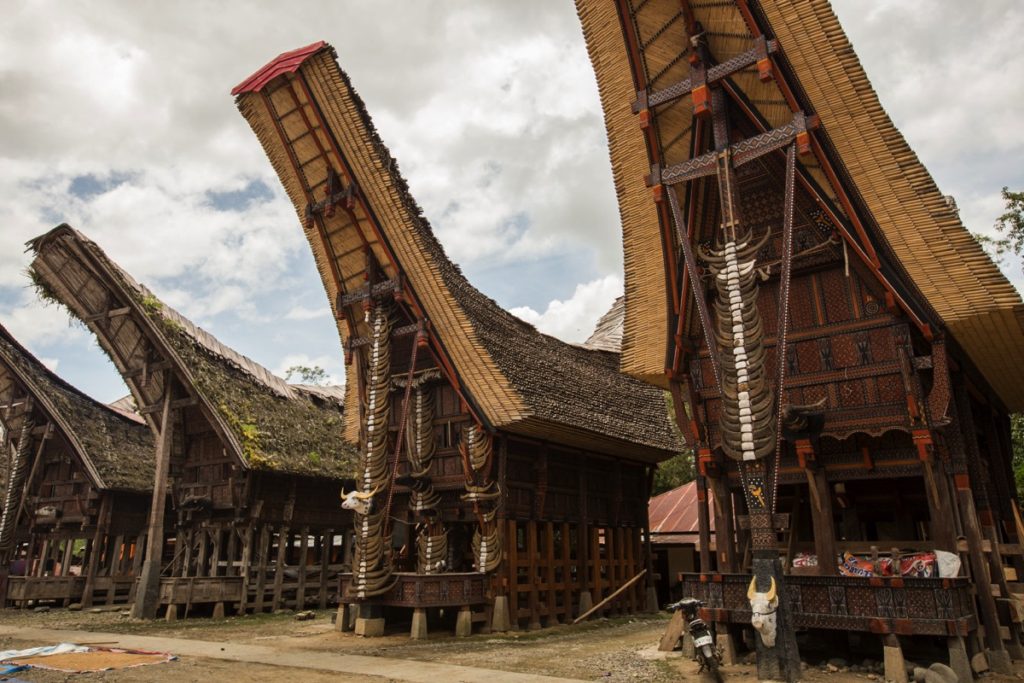
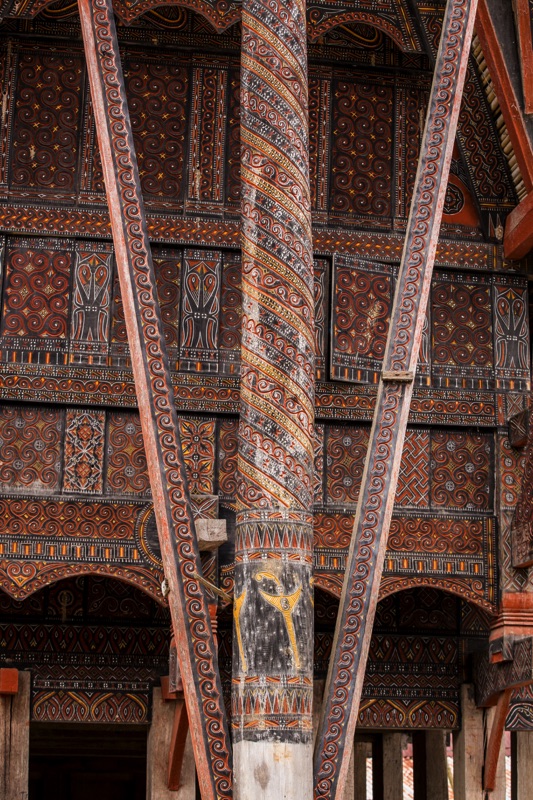
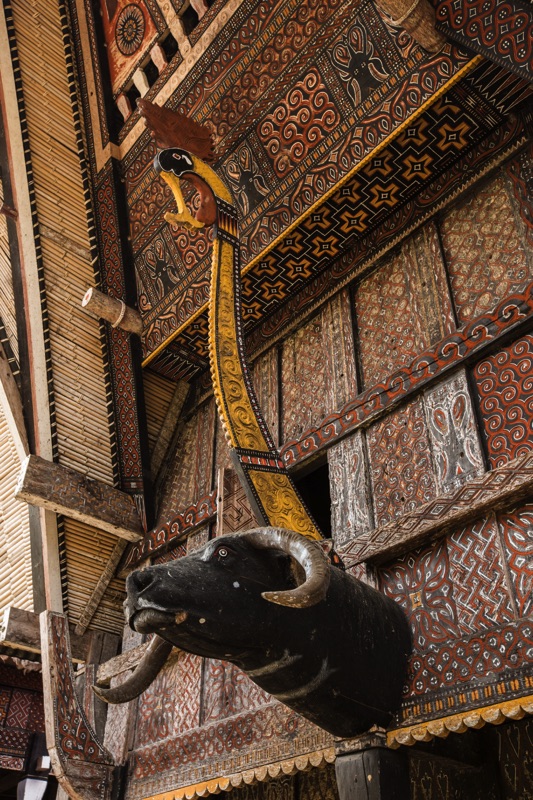
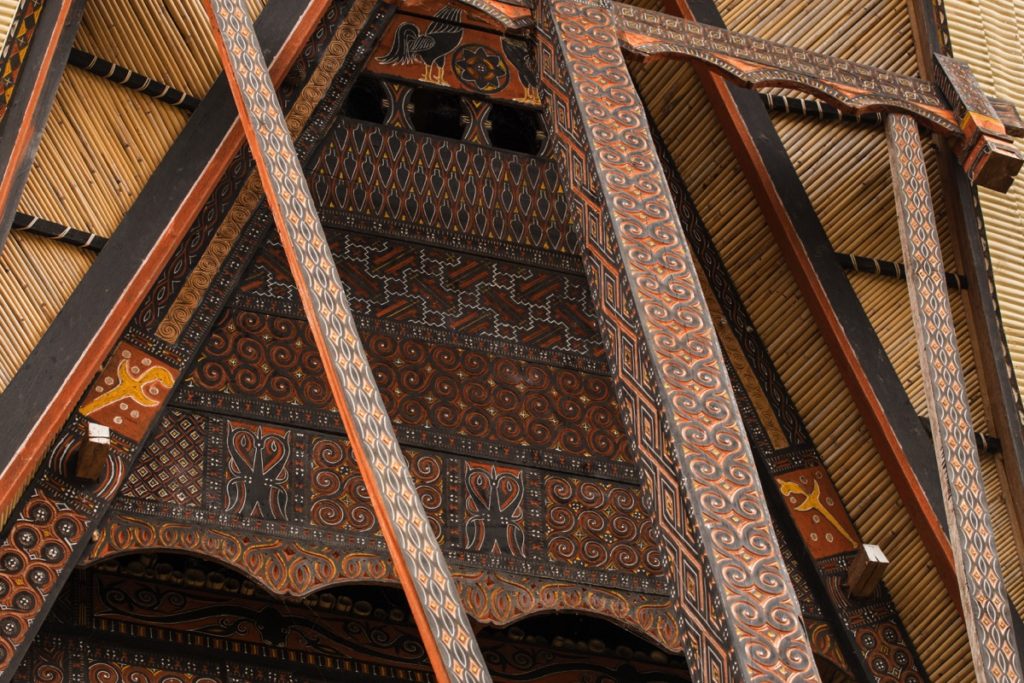
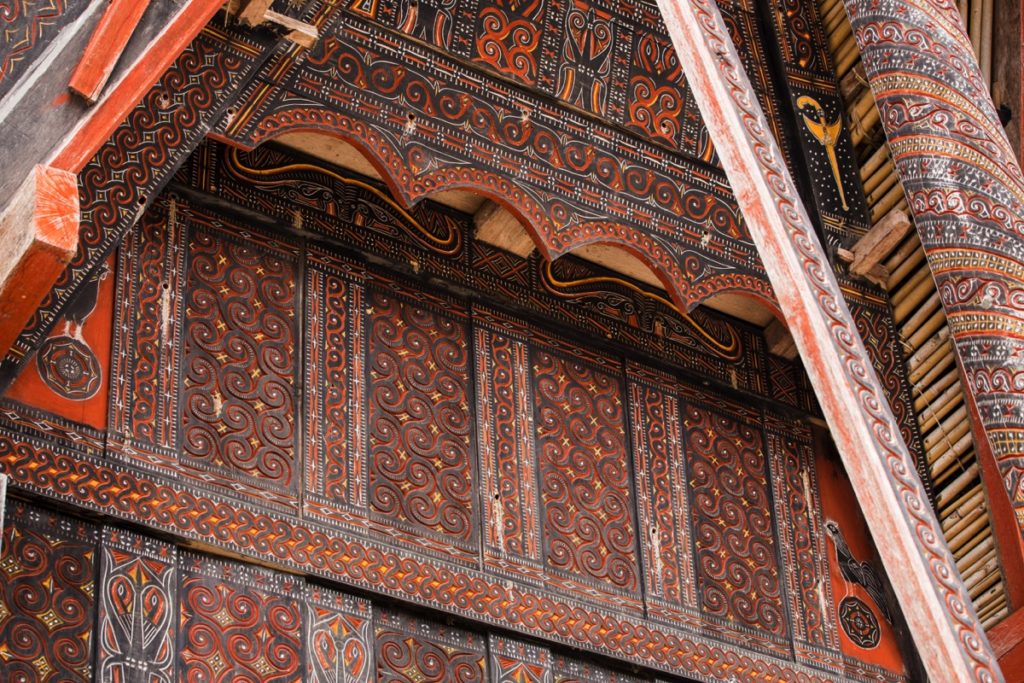
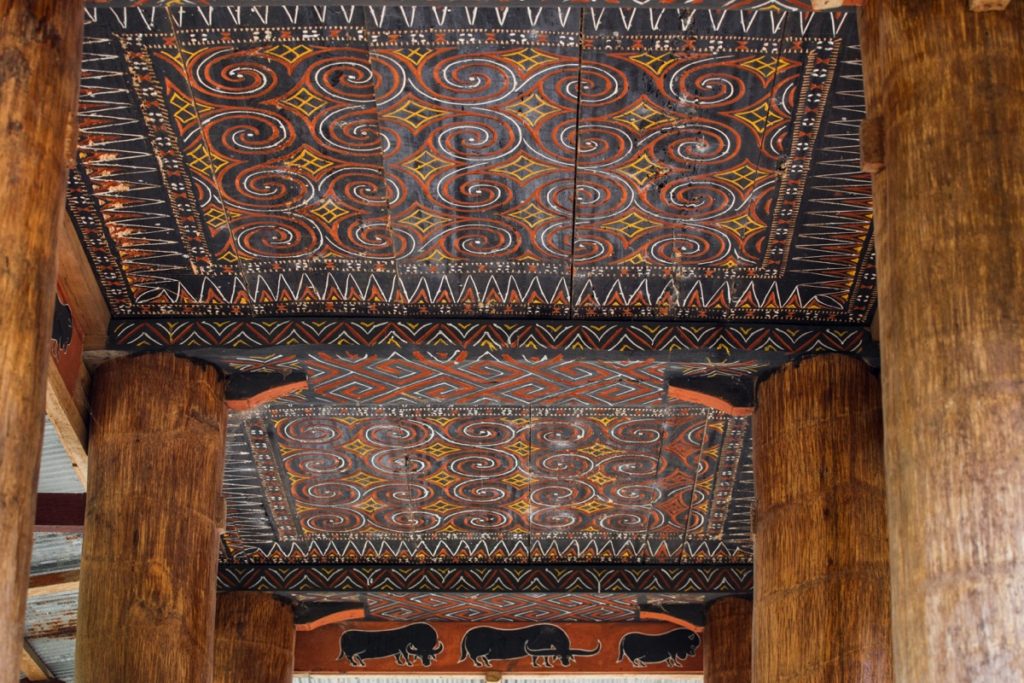
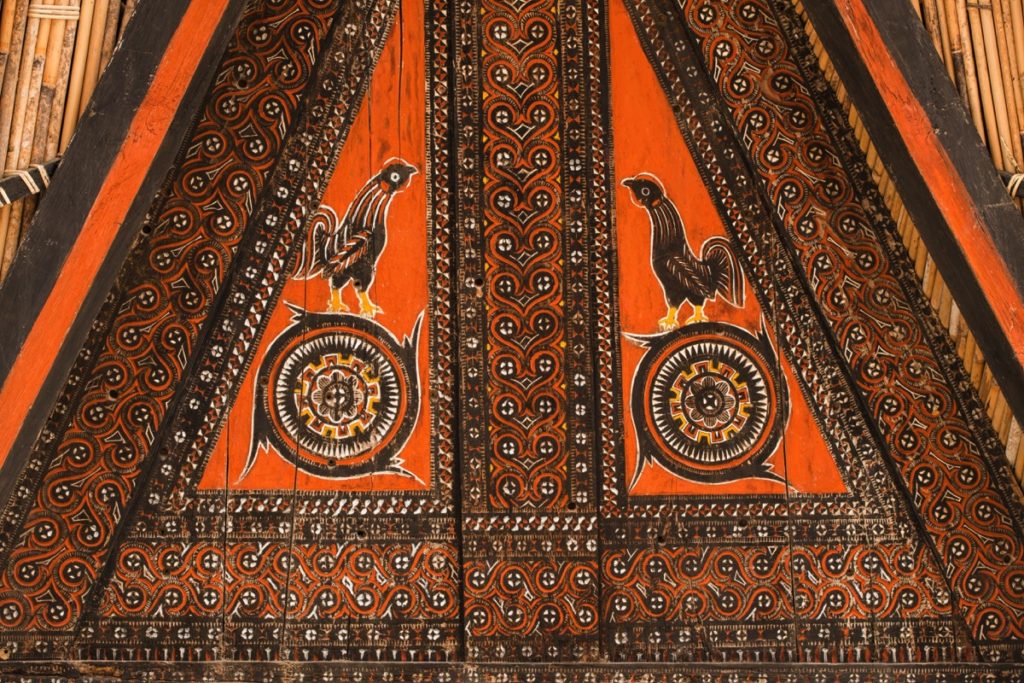
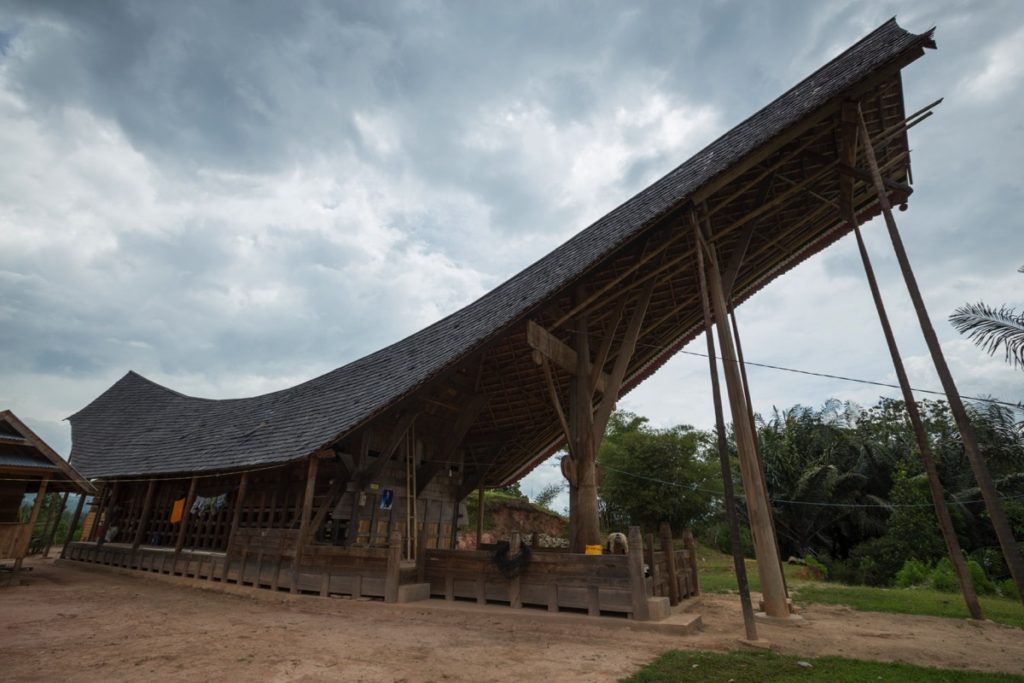
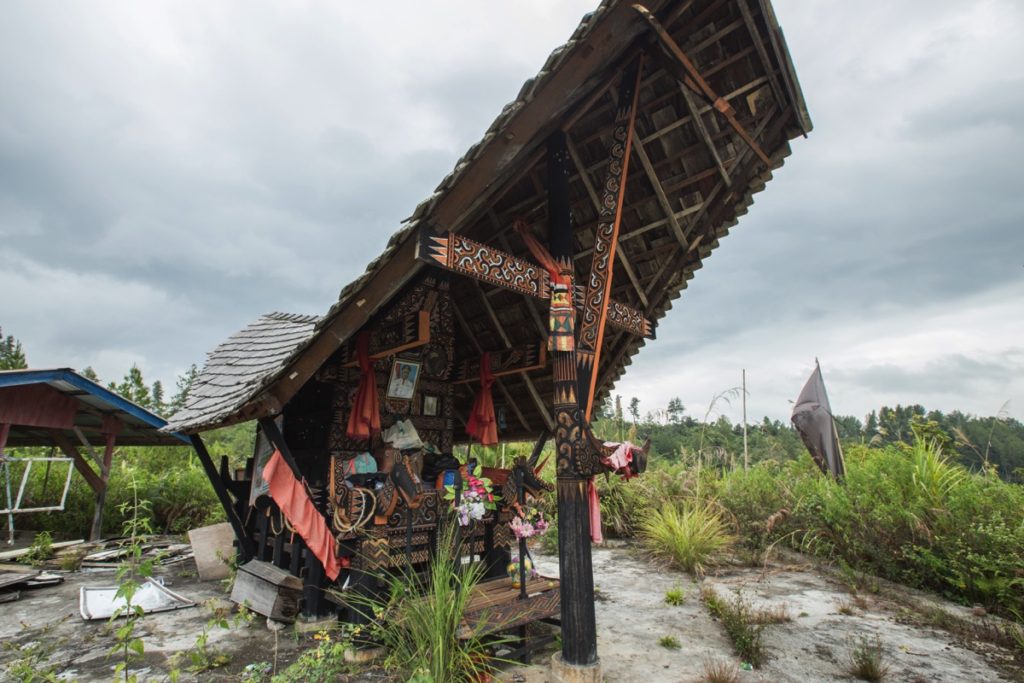
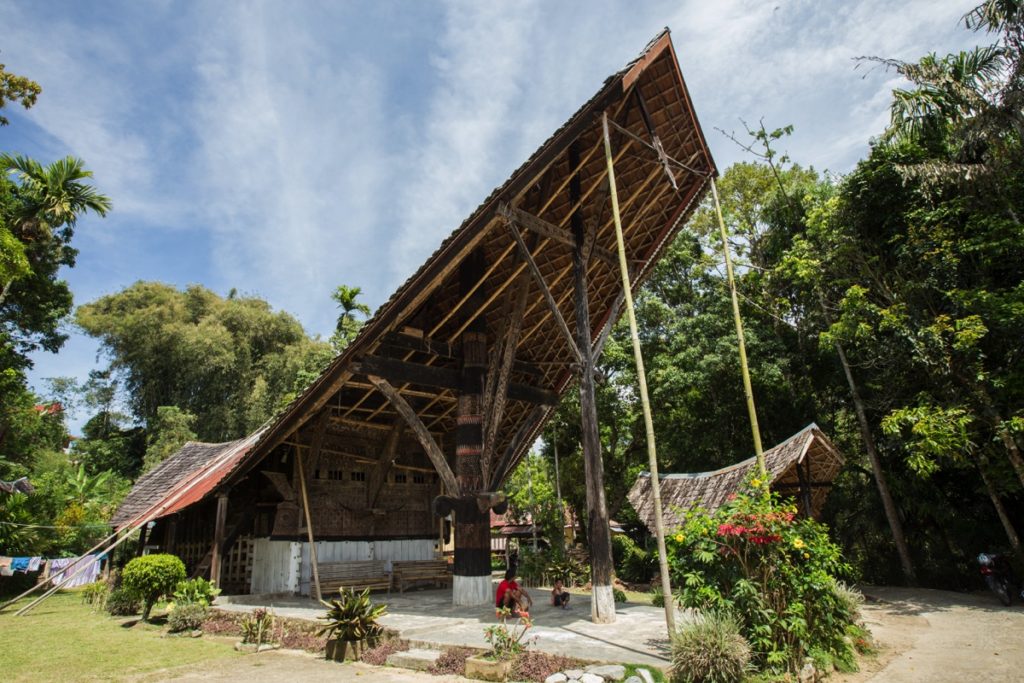
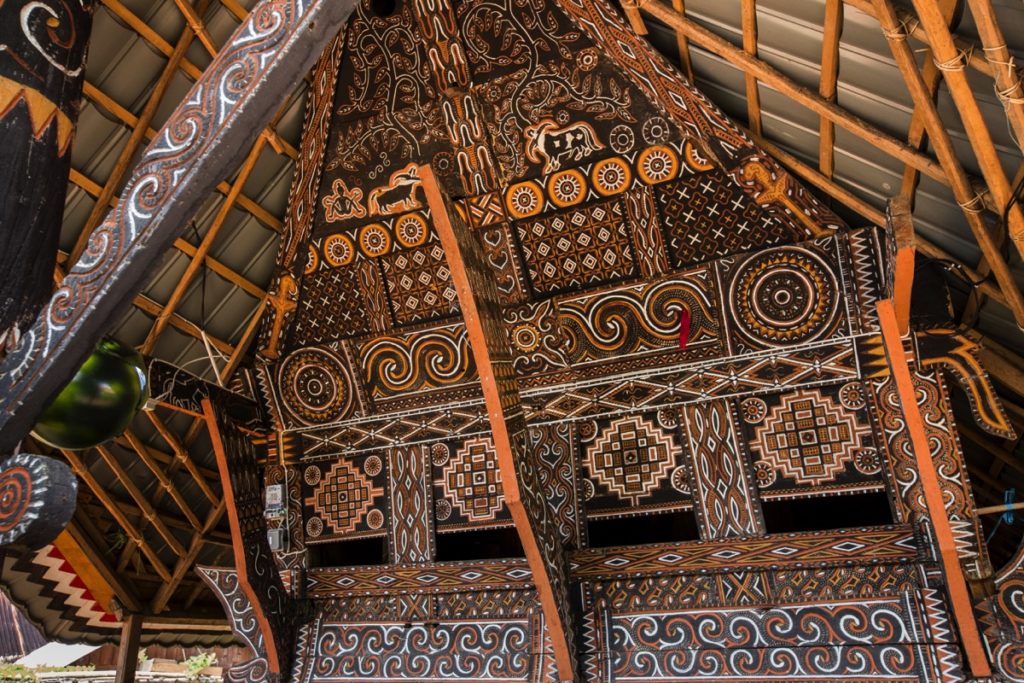
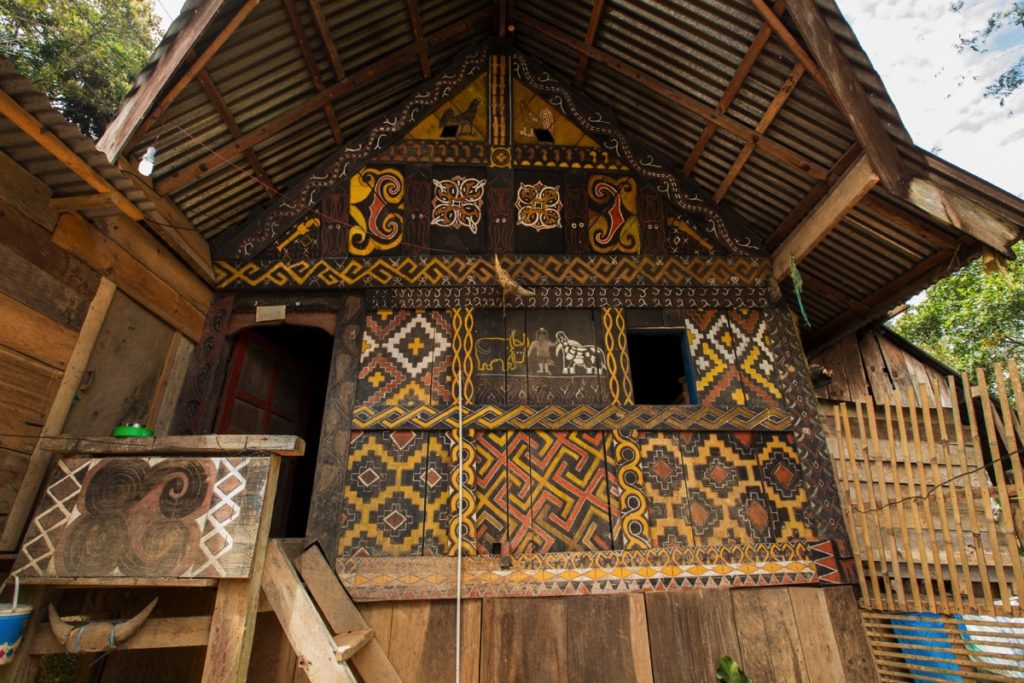
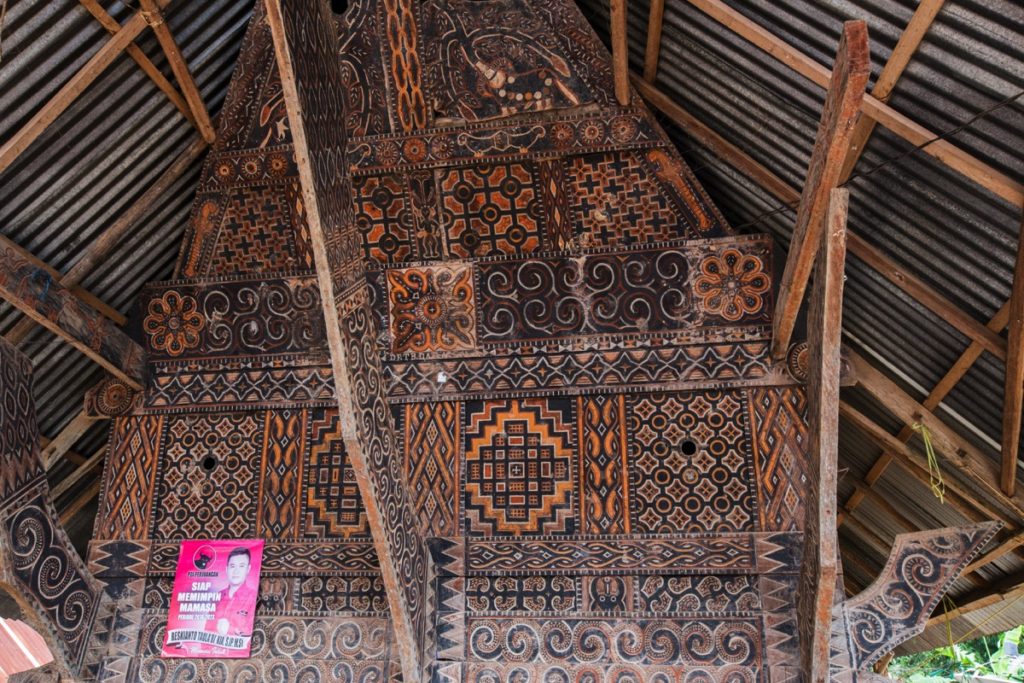
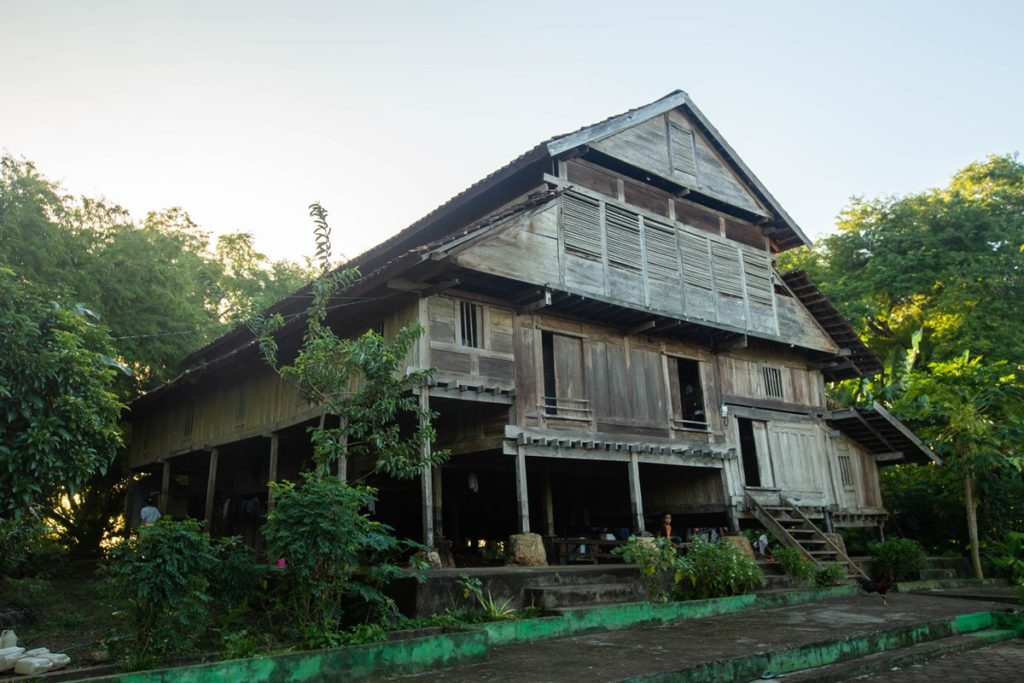
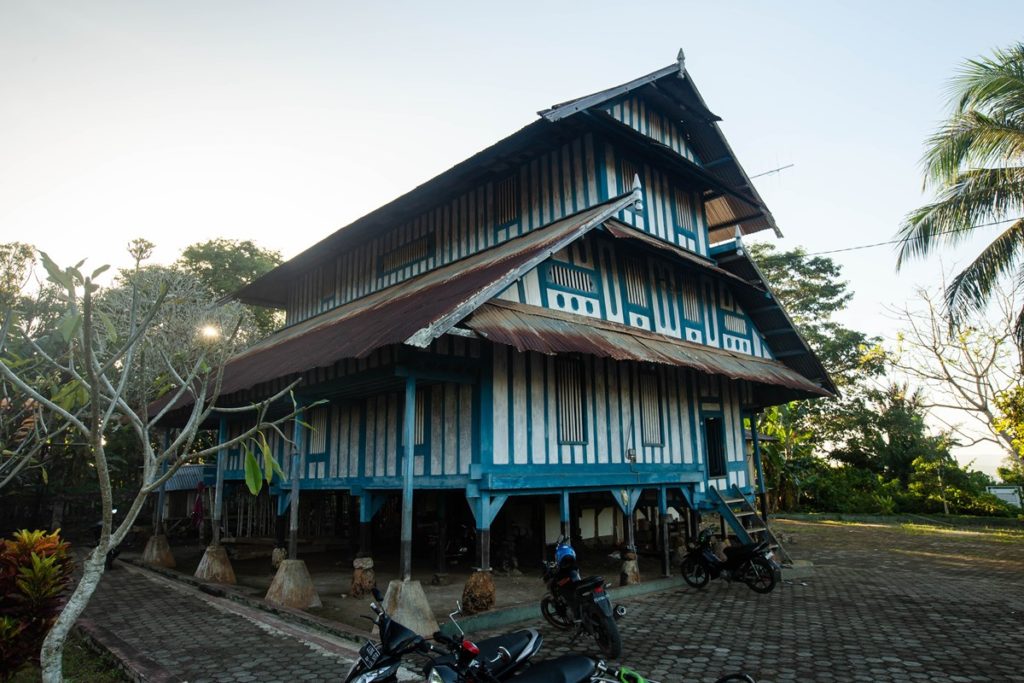

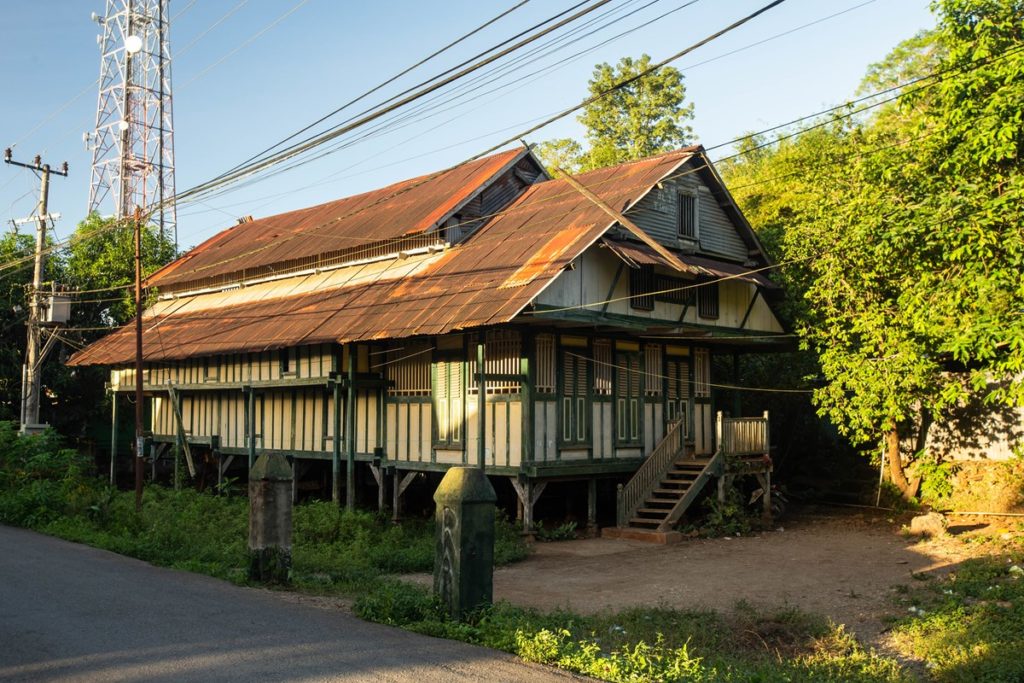
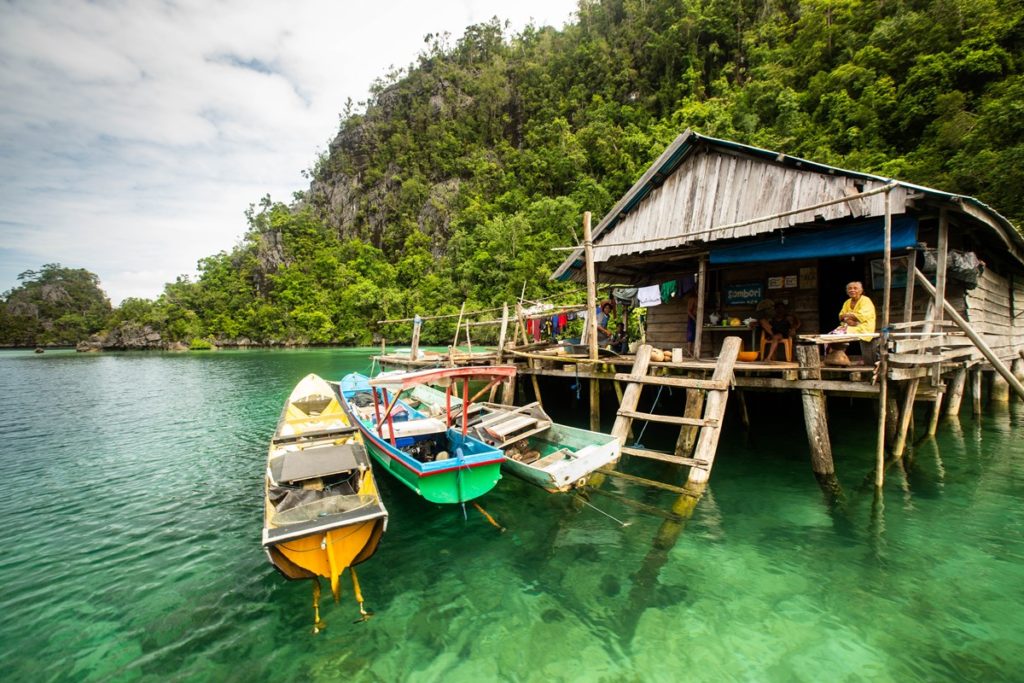
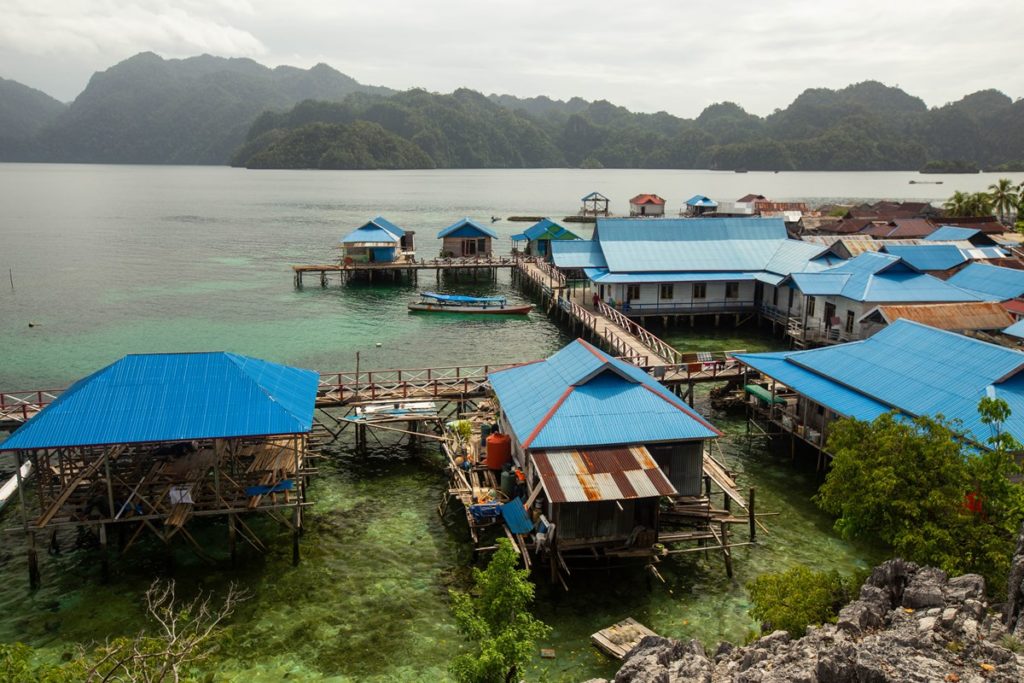
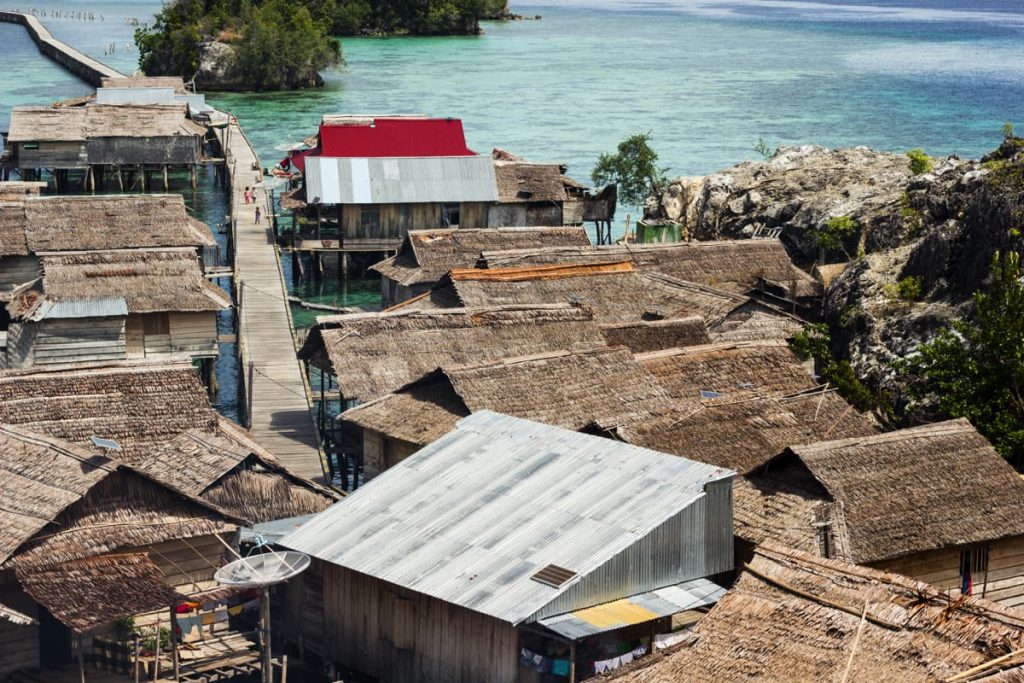
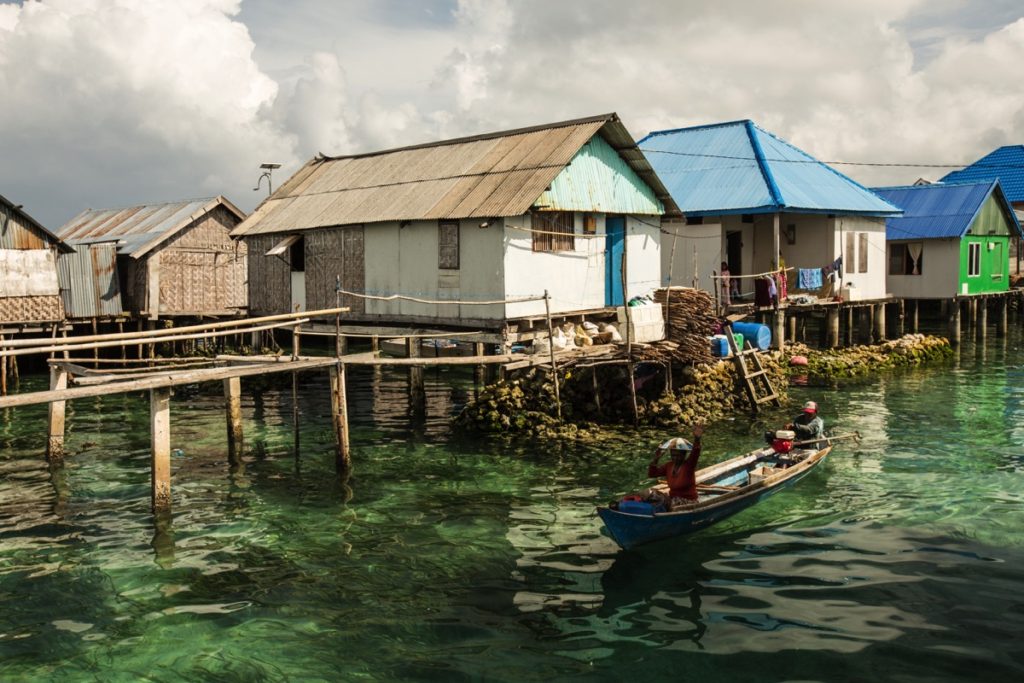
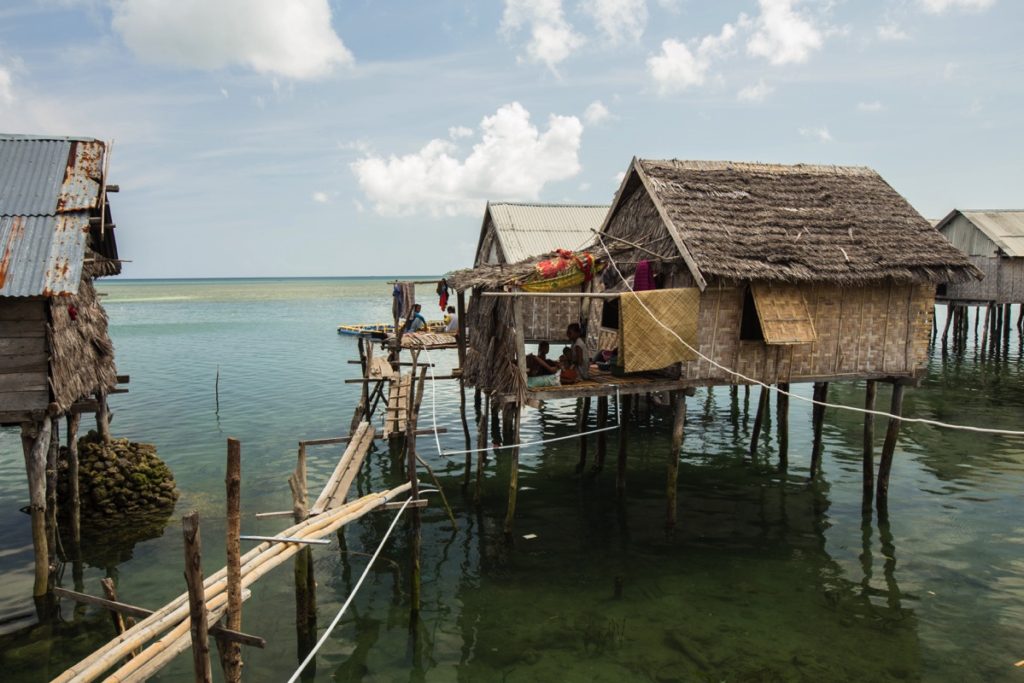
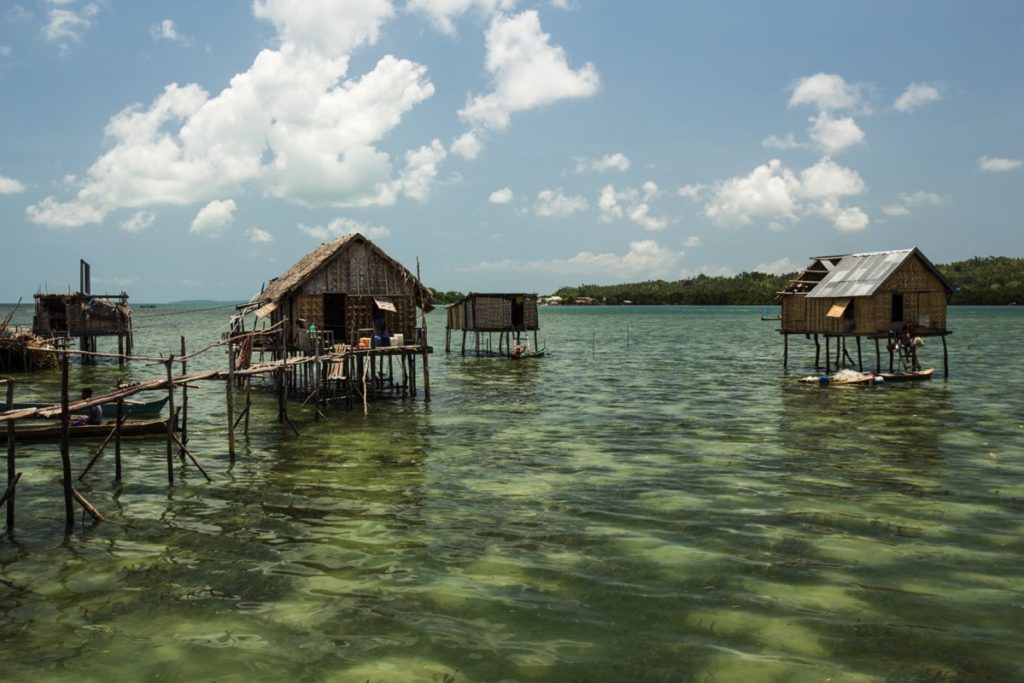
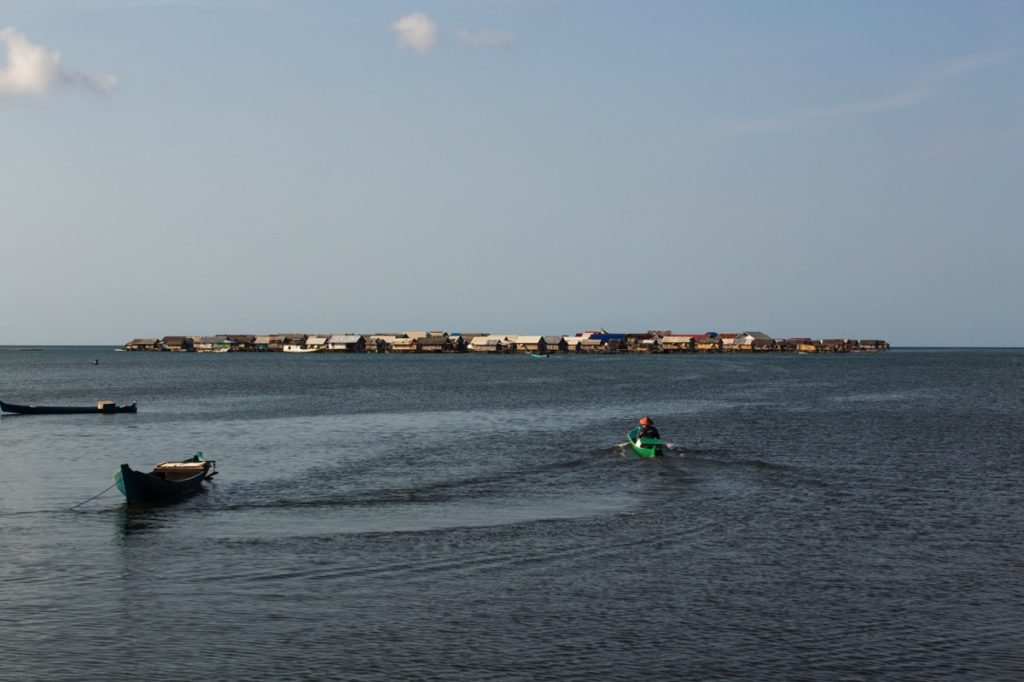
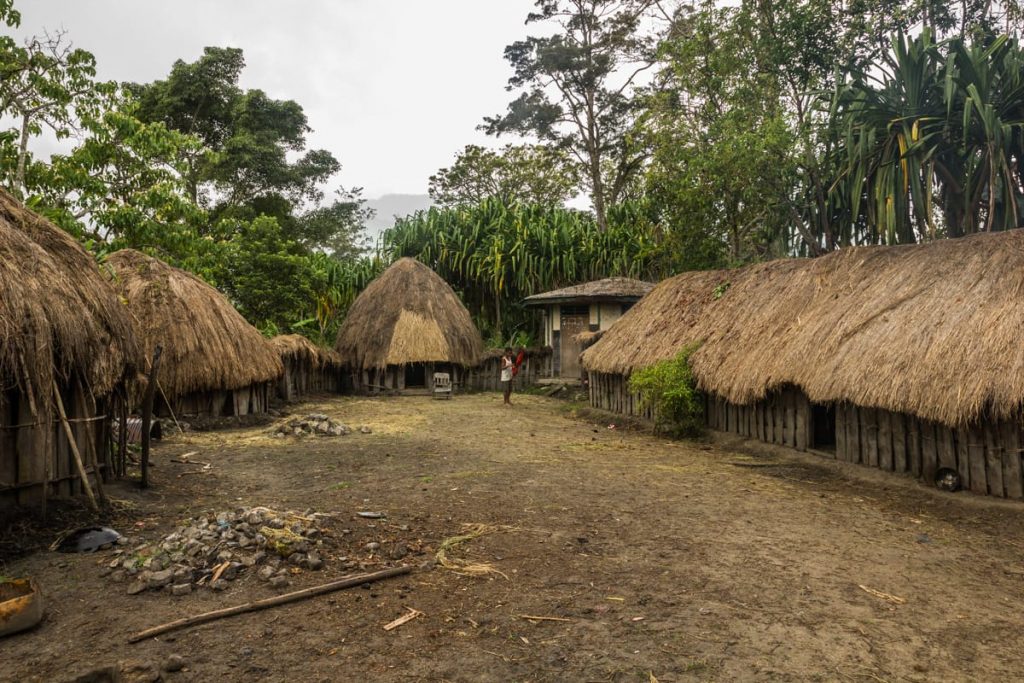
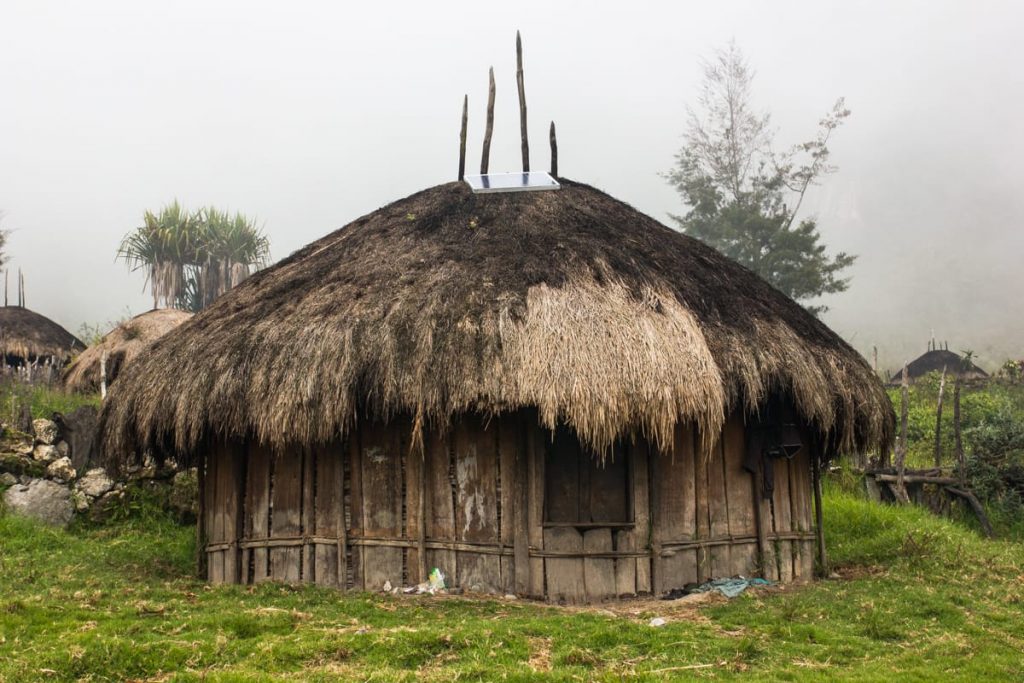
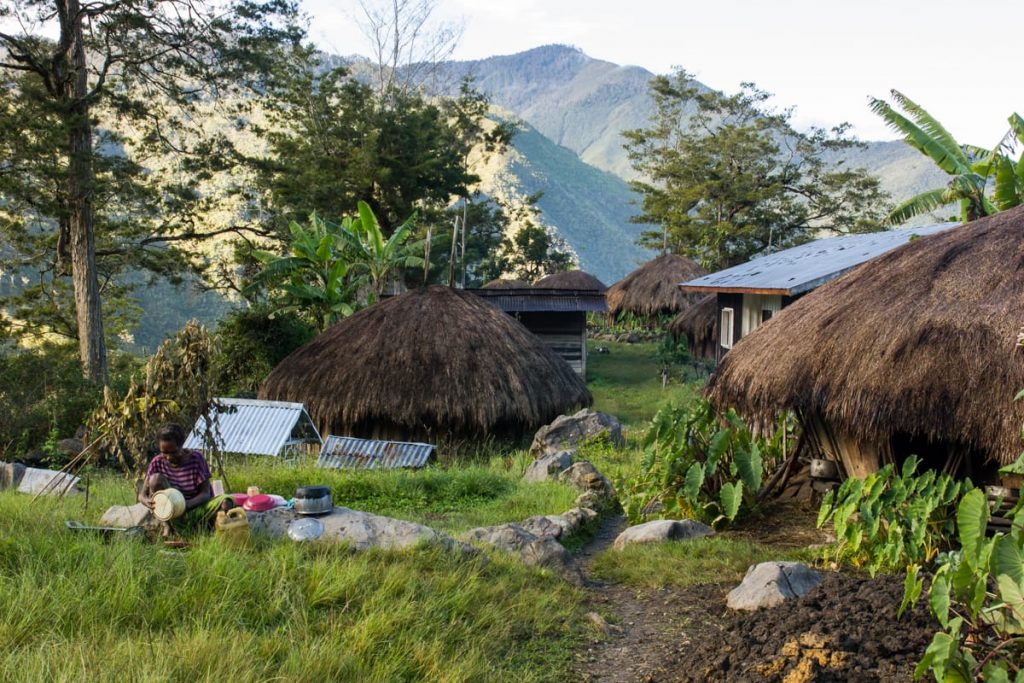
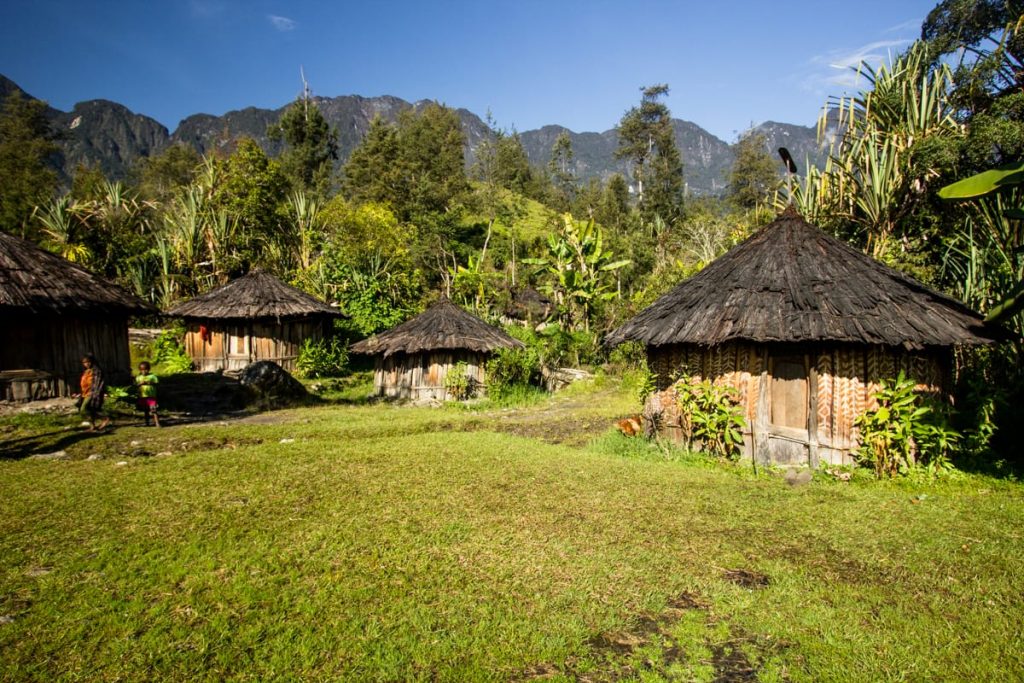
I LOVE GEOGUESSR INDONESIA HOUSE ROOF !!!!!!!!!!!!!!!!!!!!!!!!!!!!!
Very nice I have been lucky enough to visit several of these house styles but there are so many more I would like to see